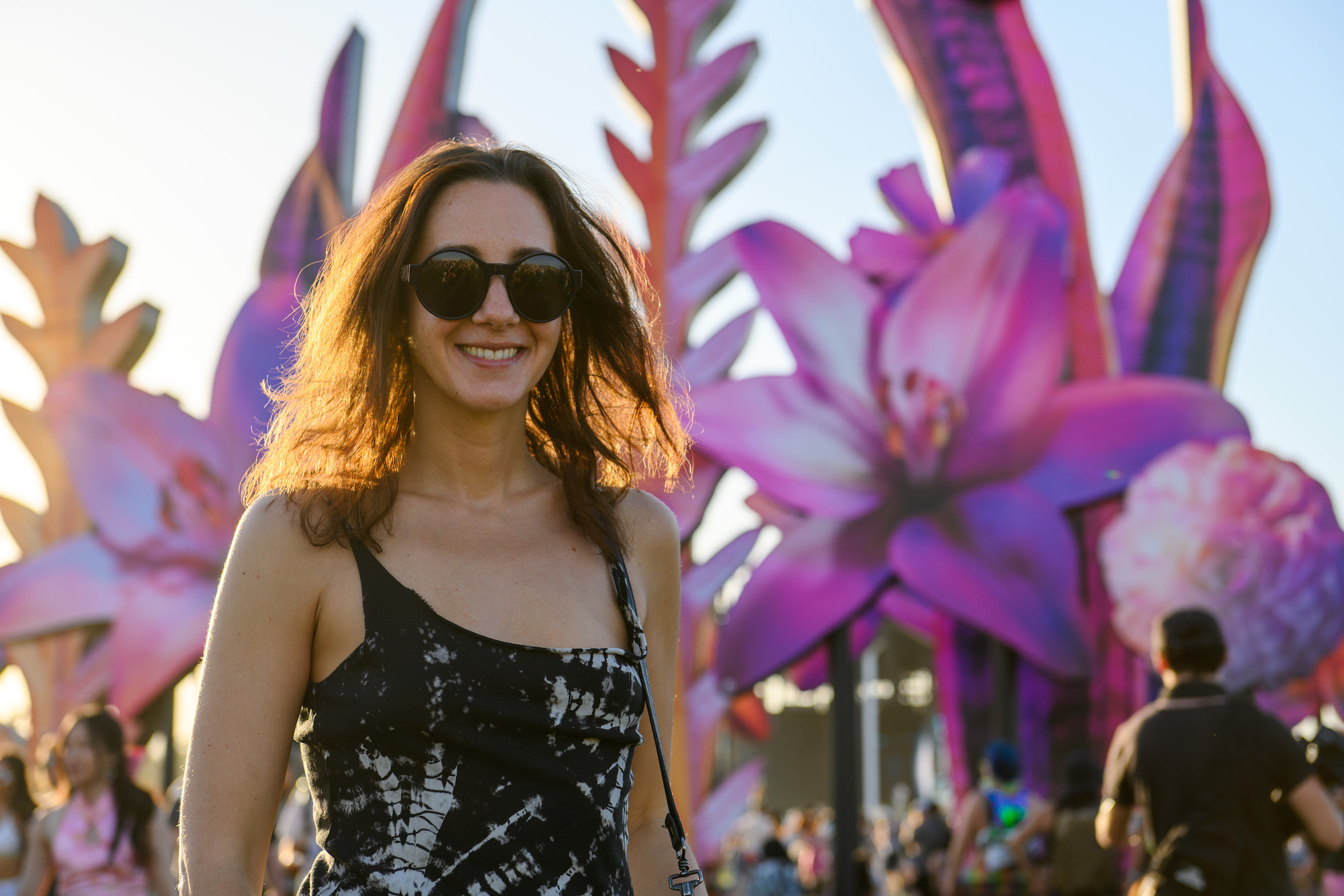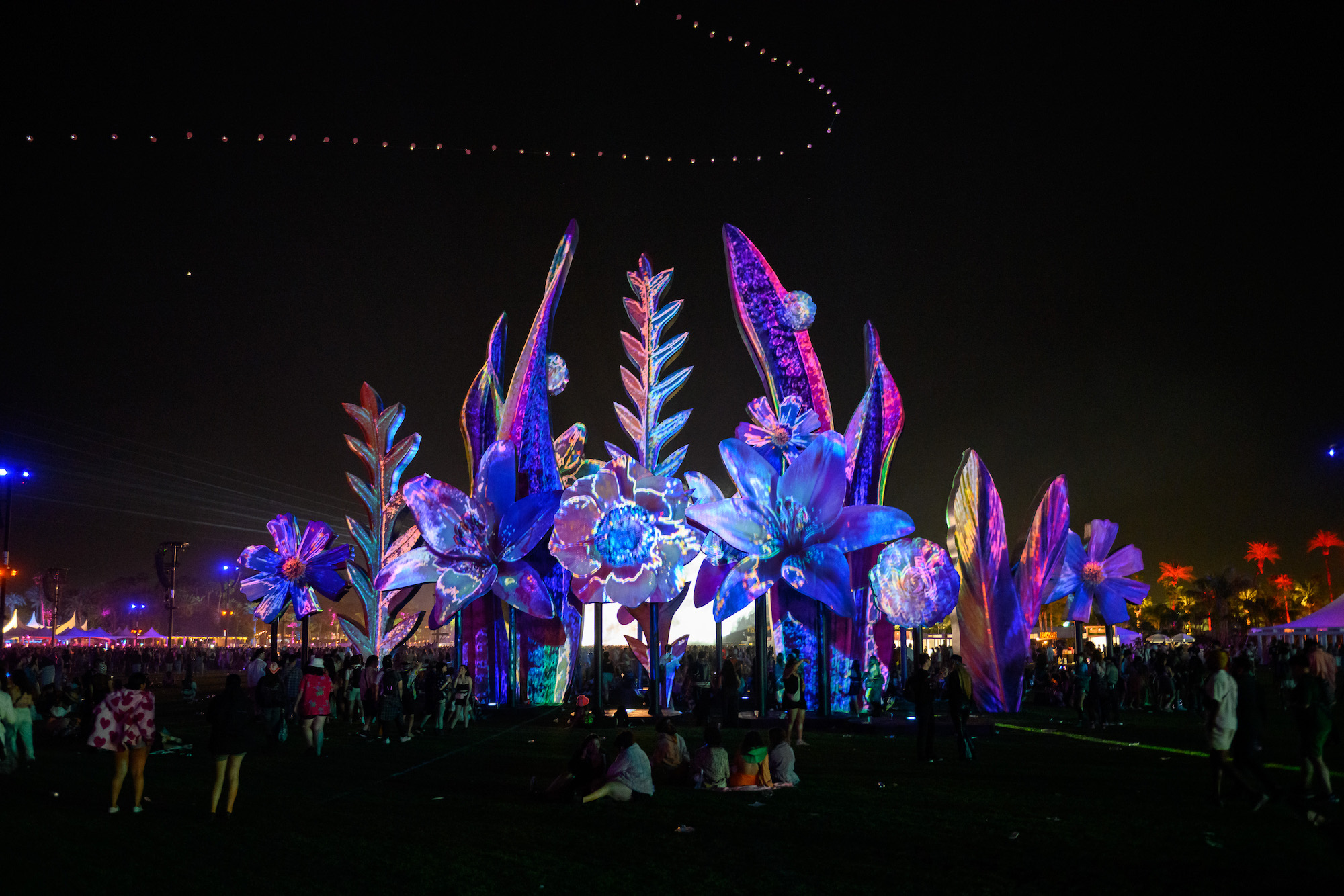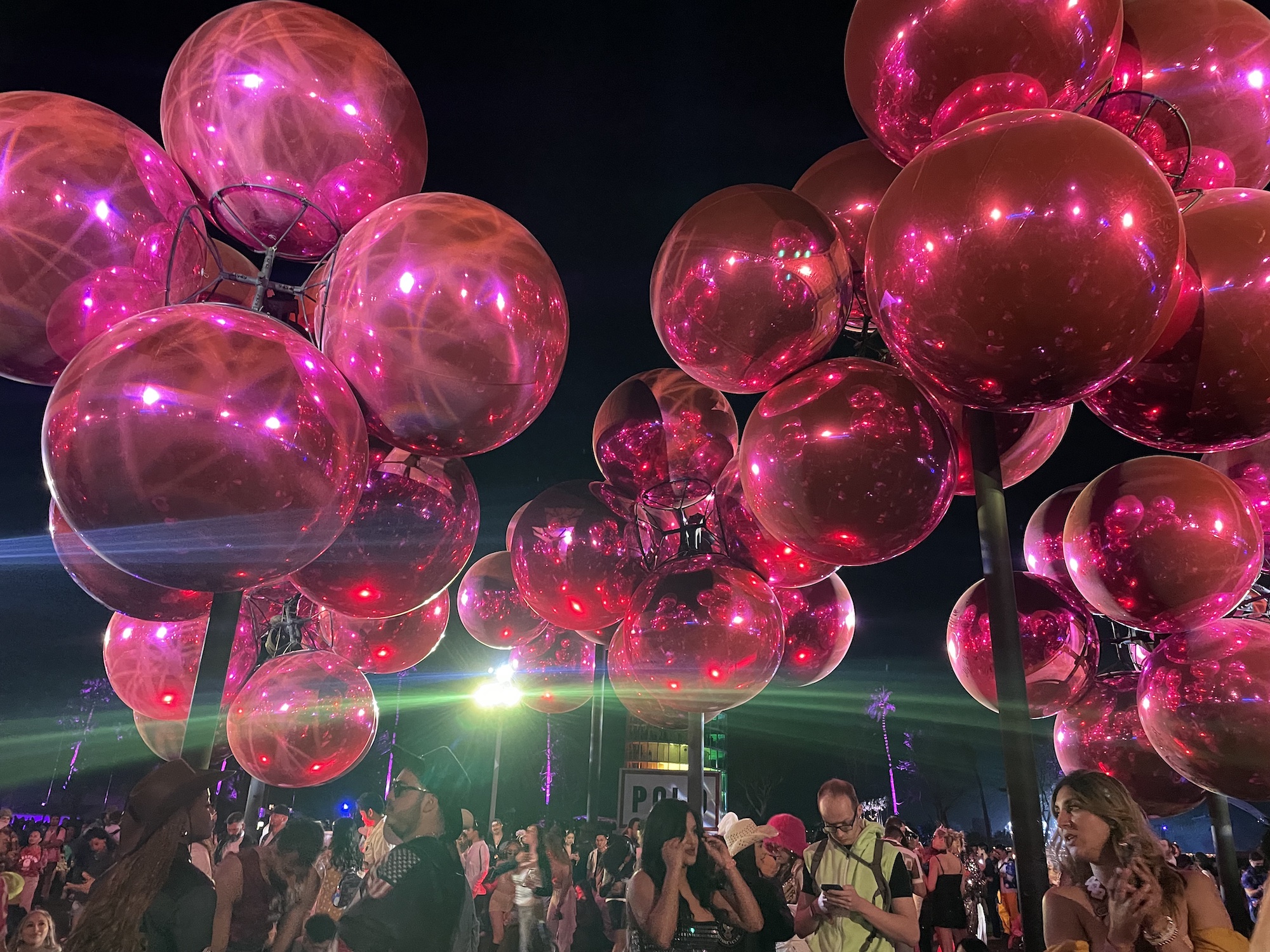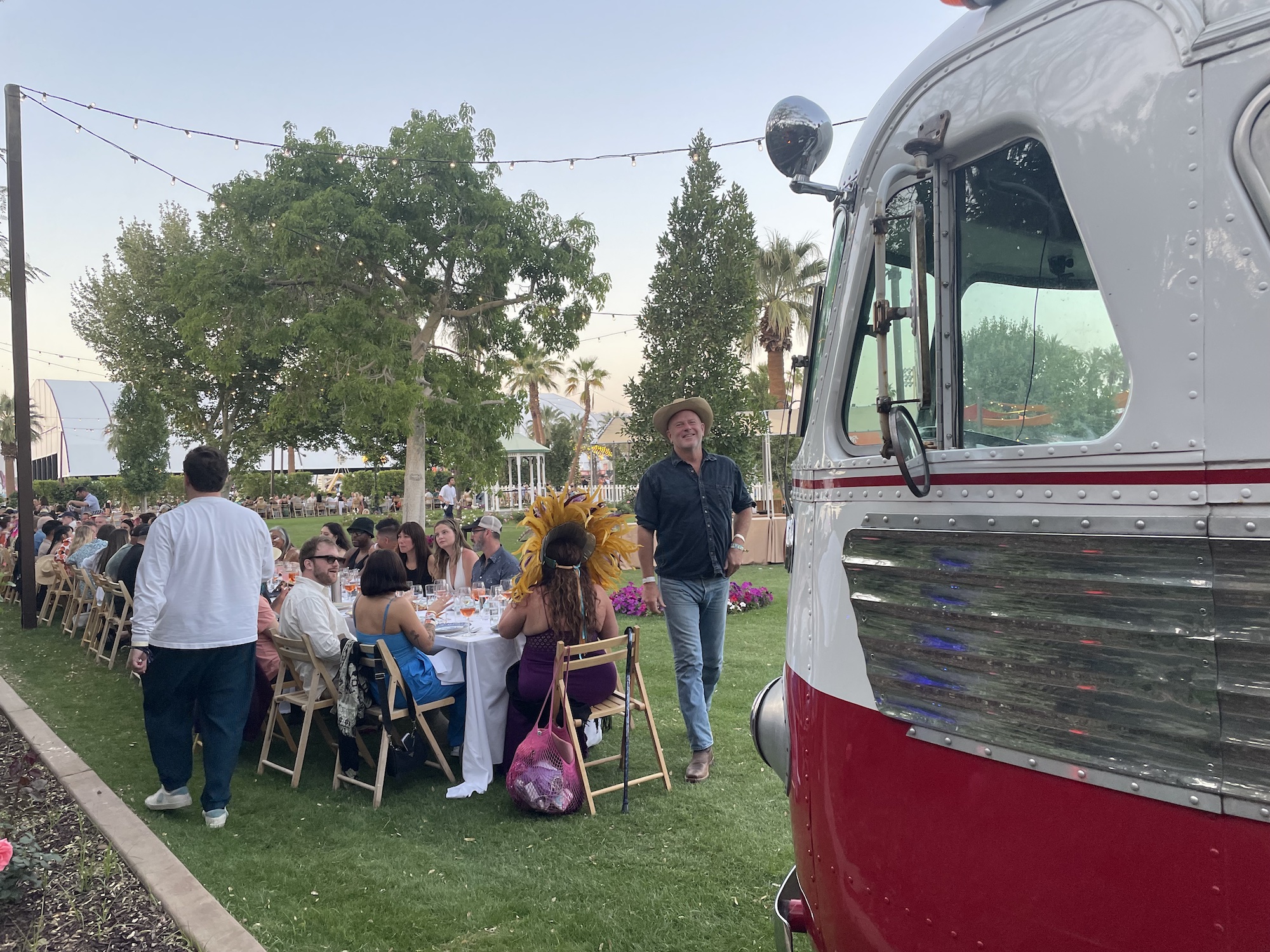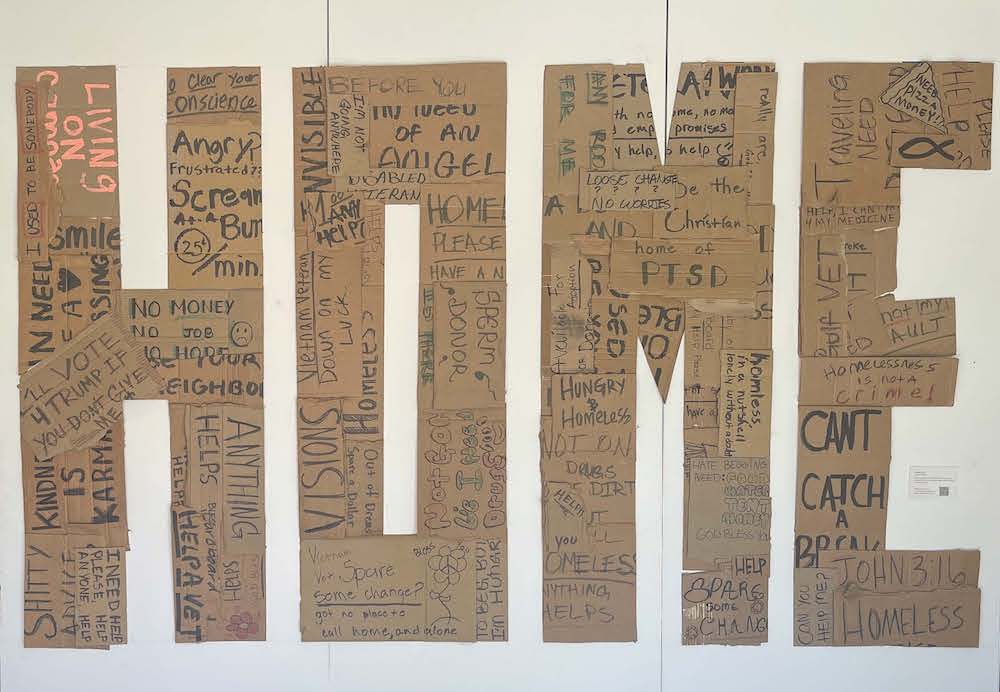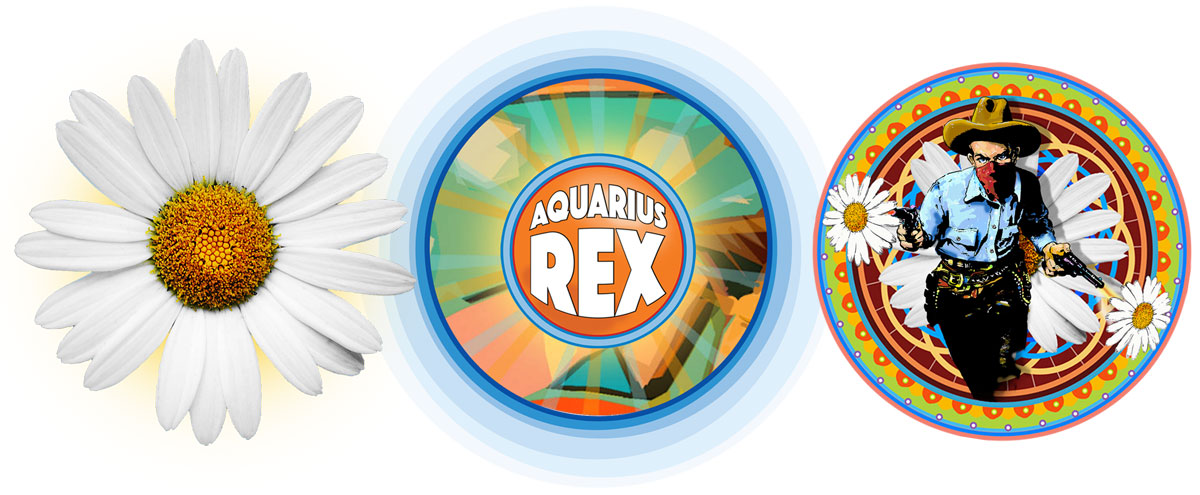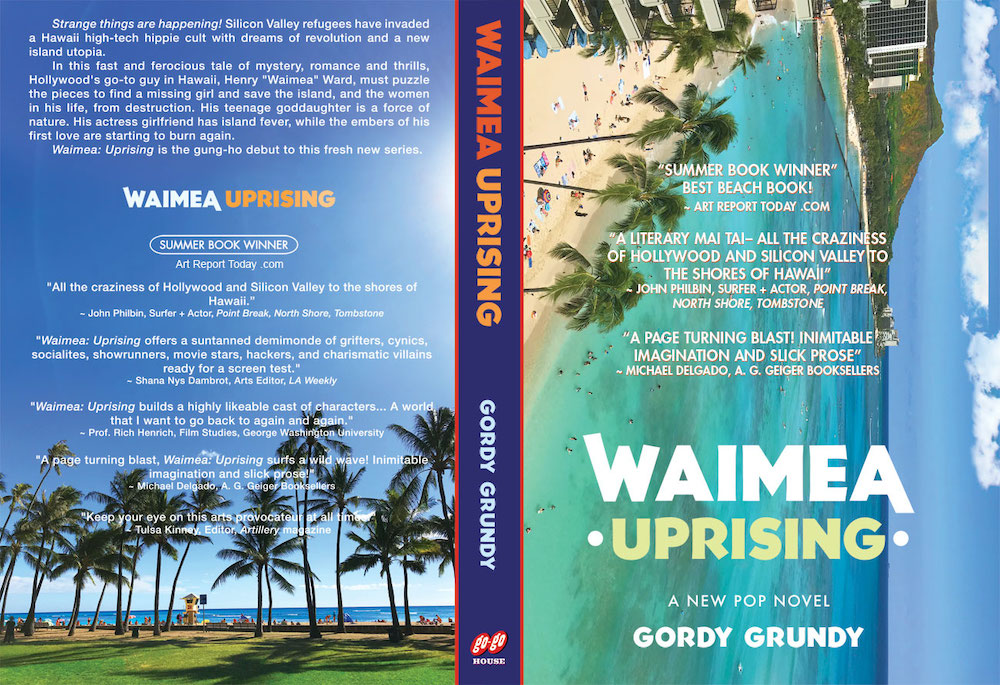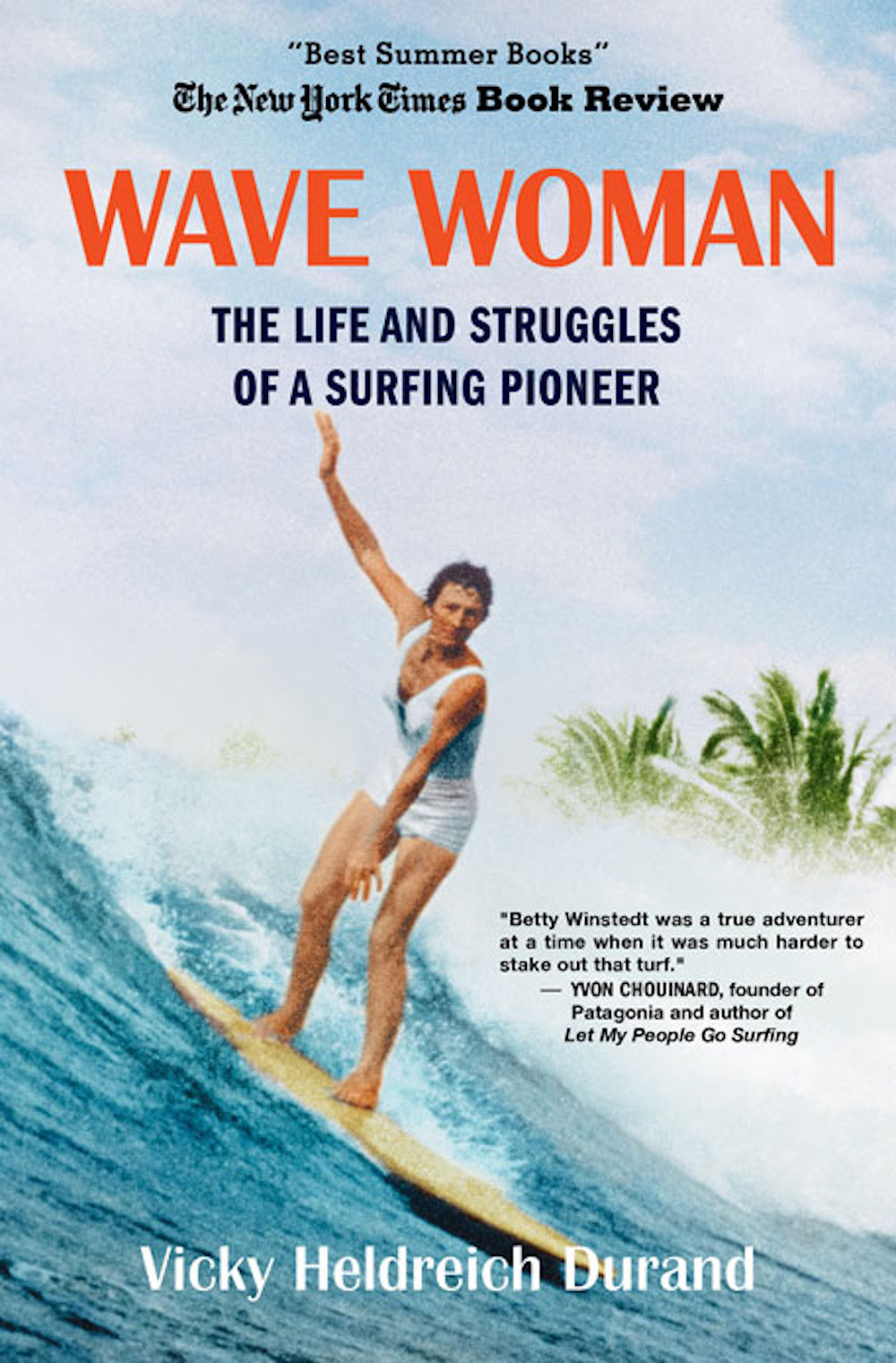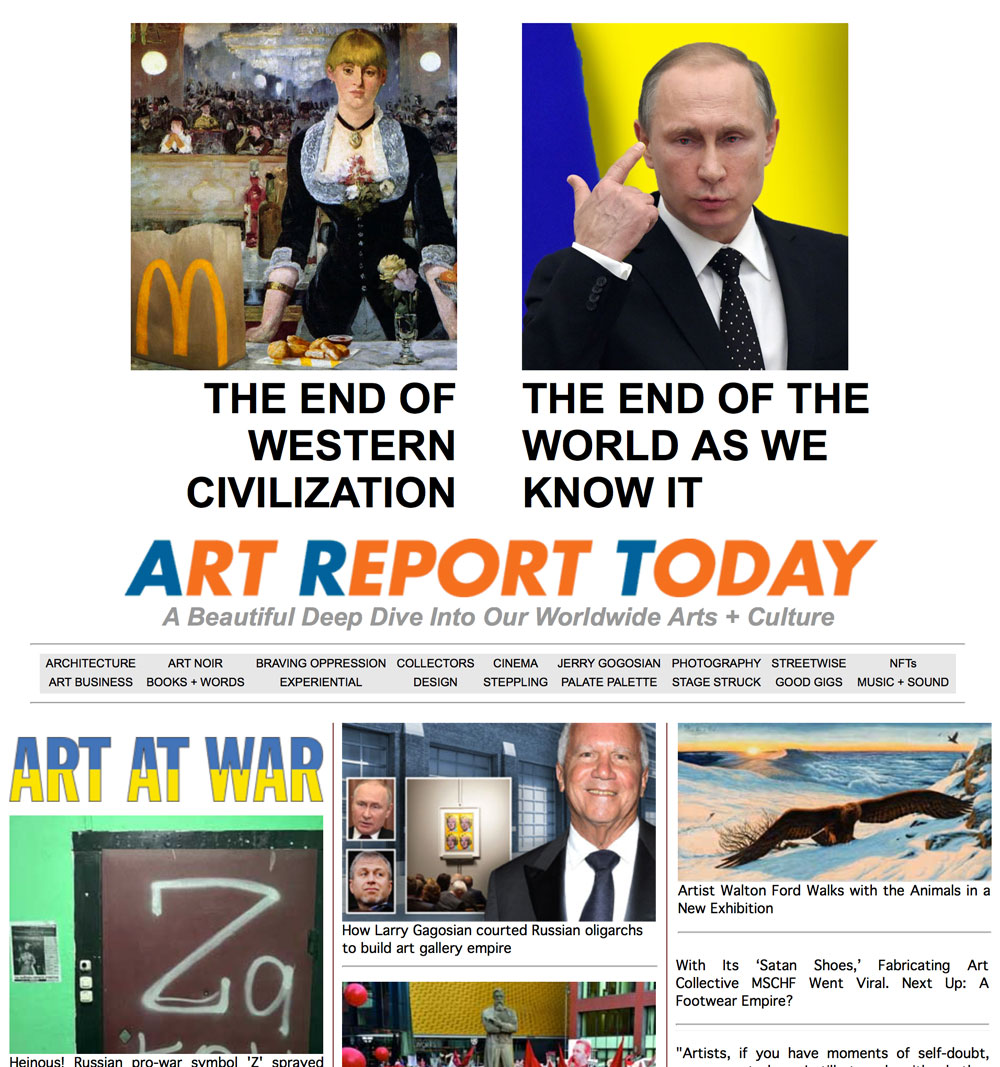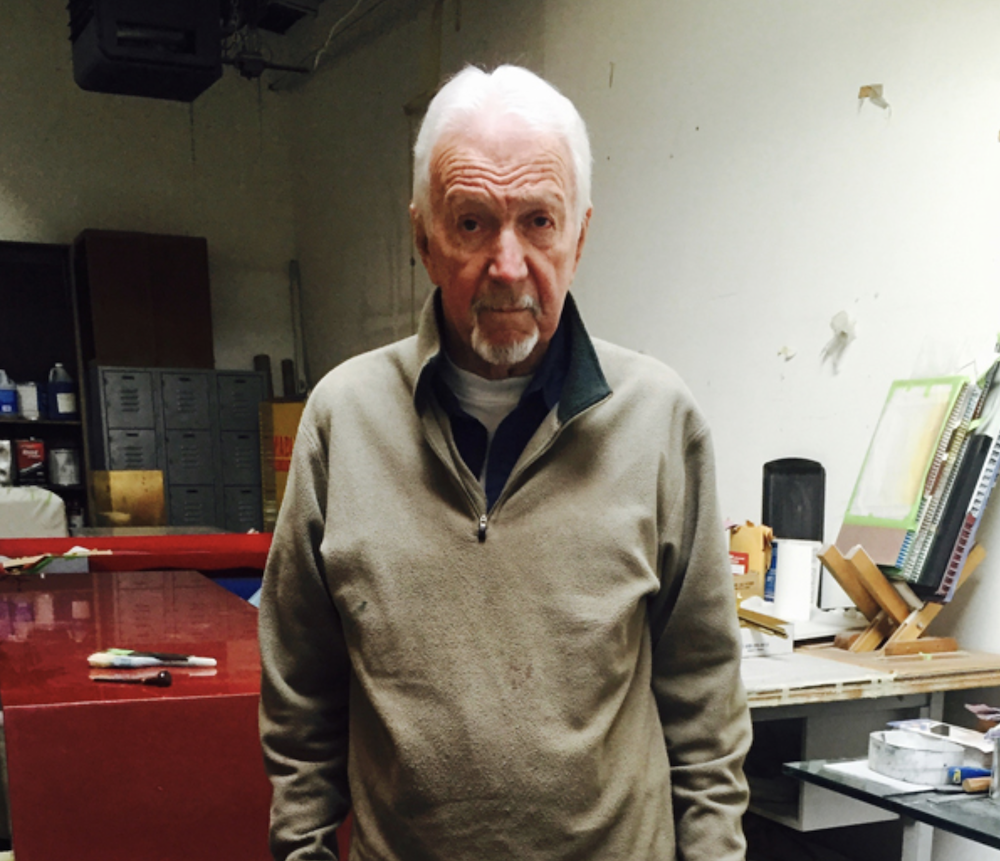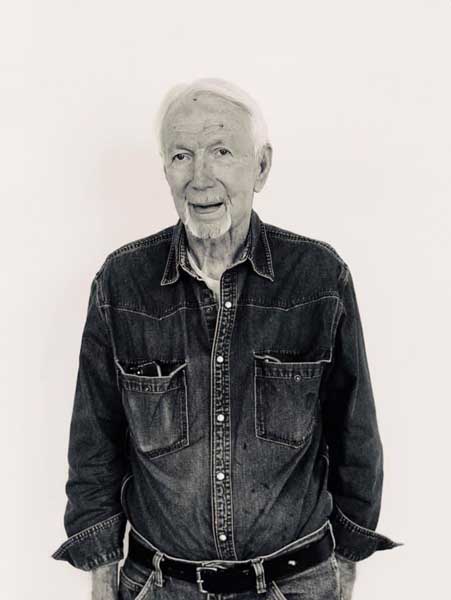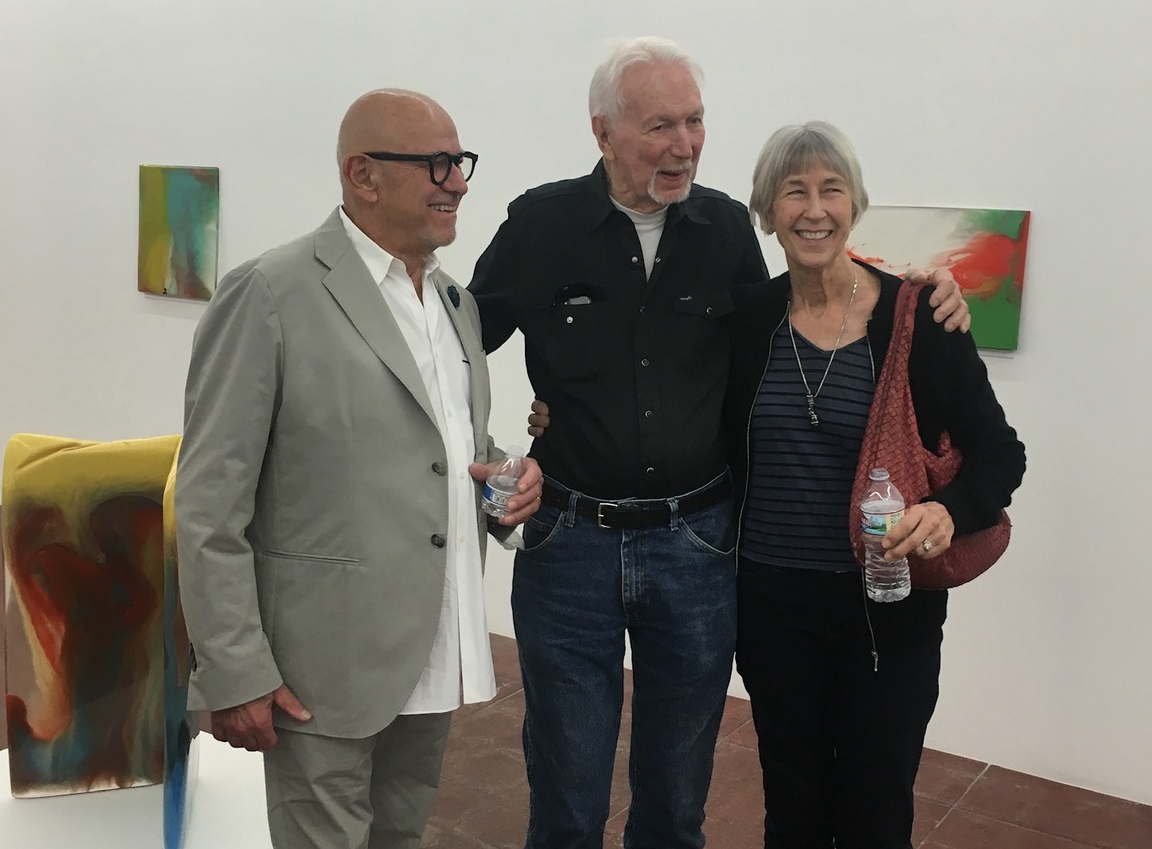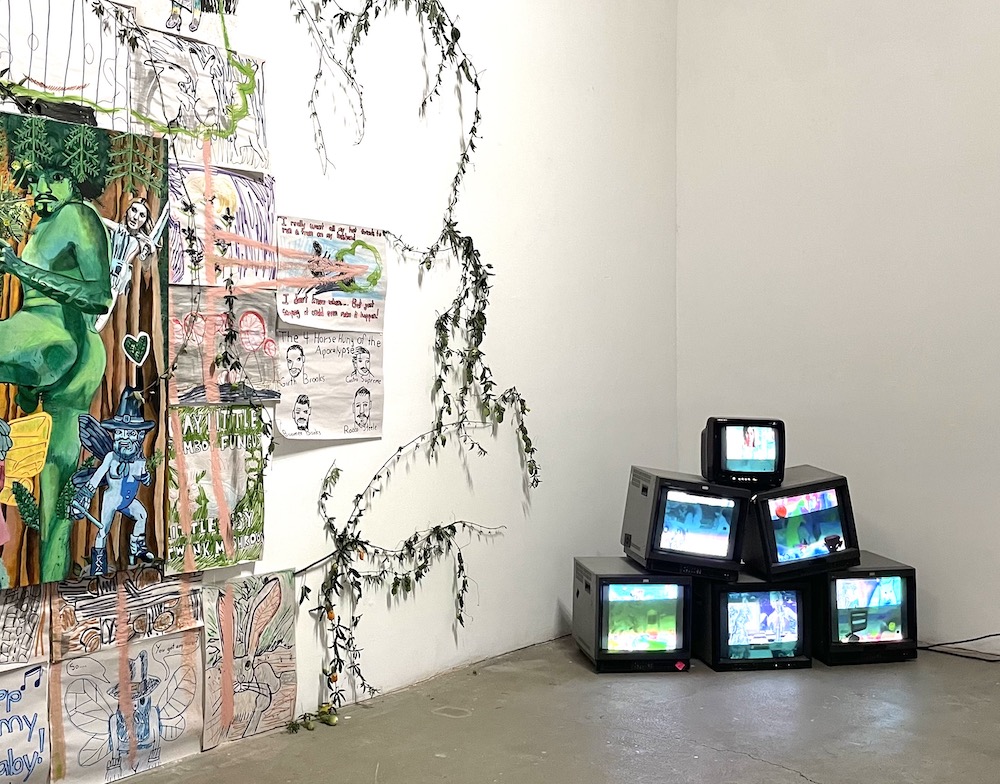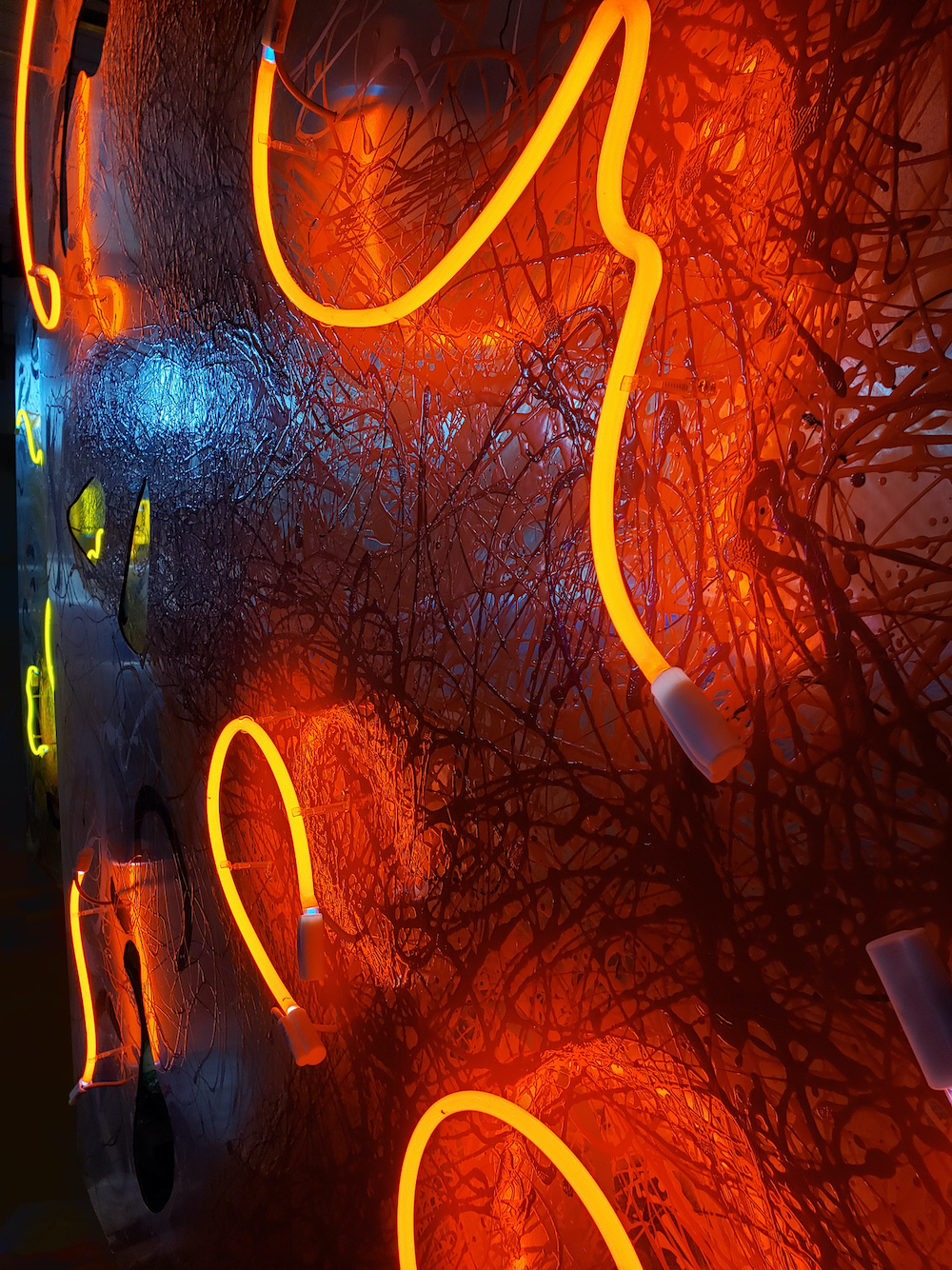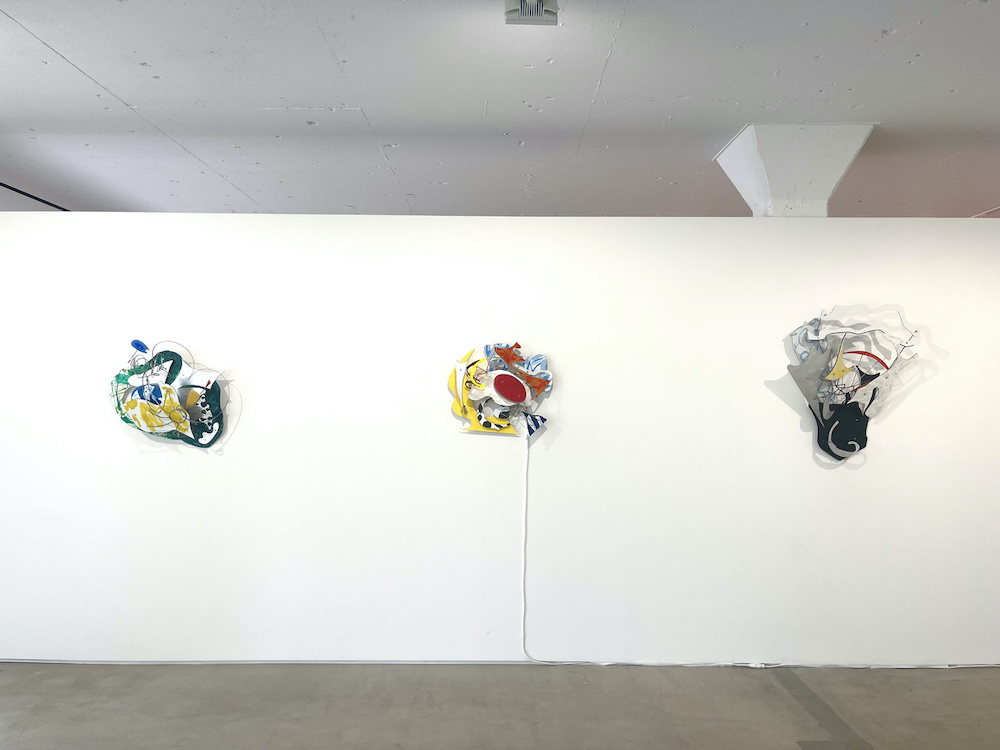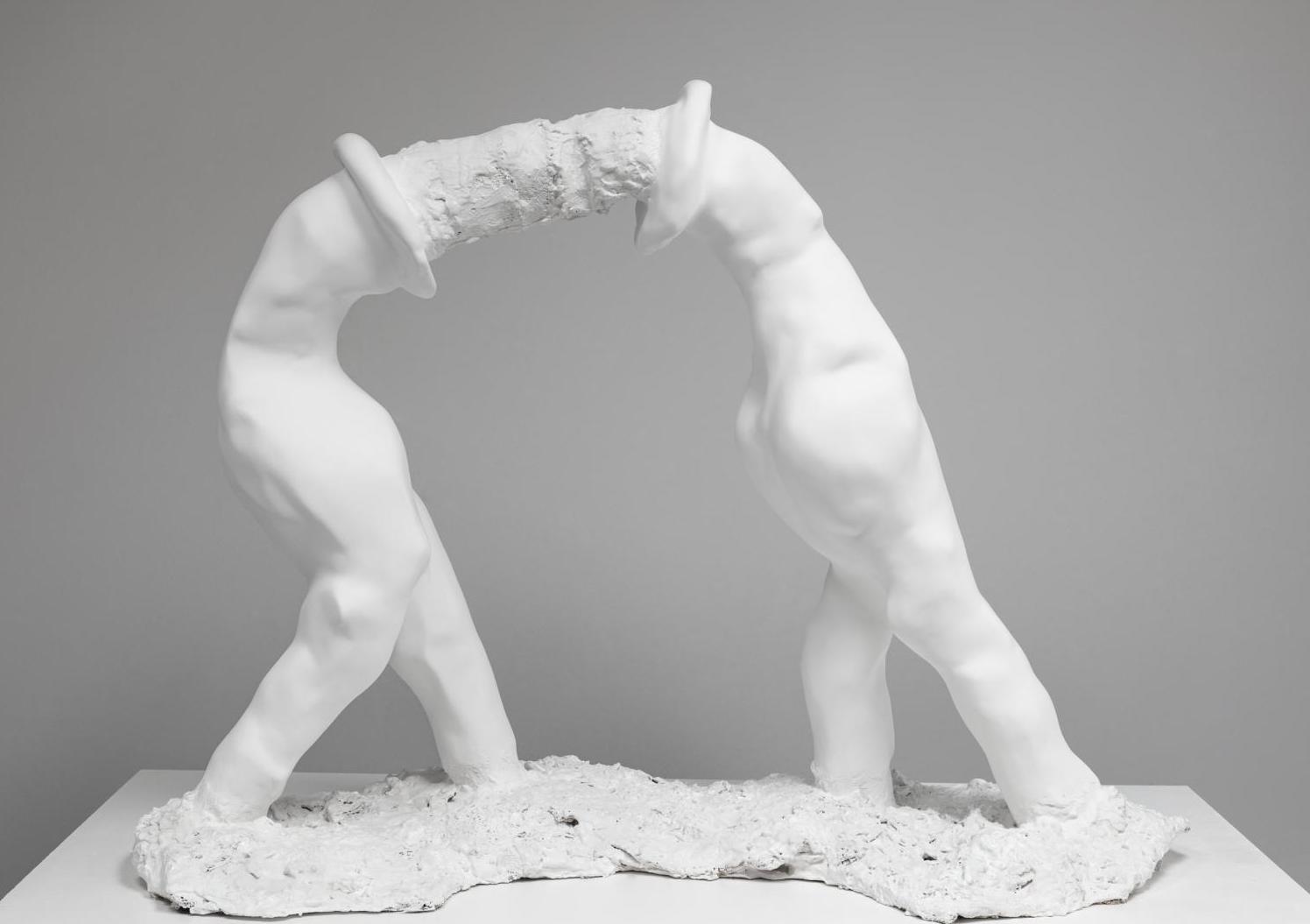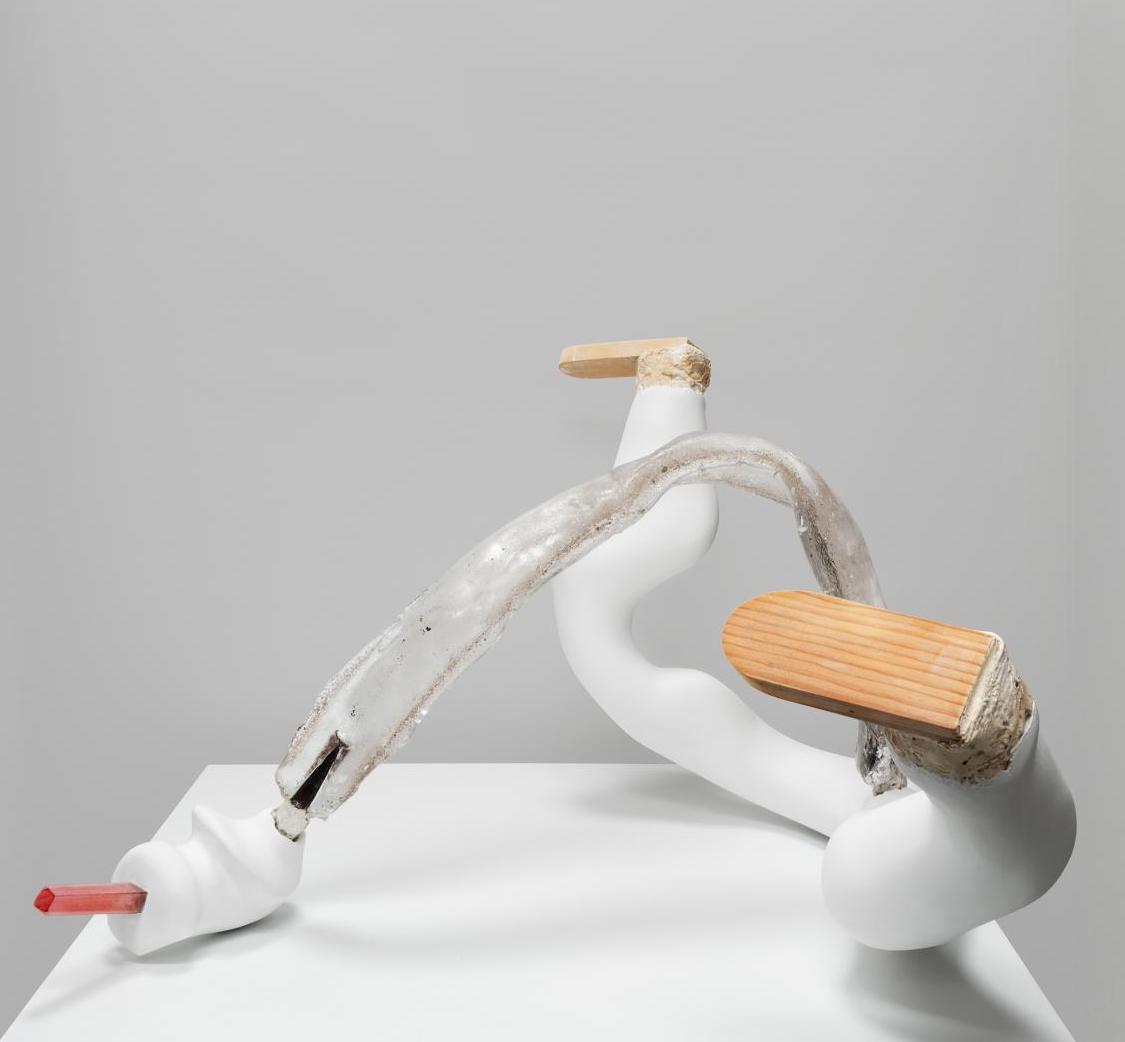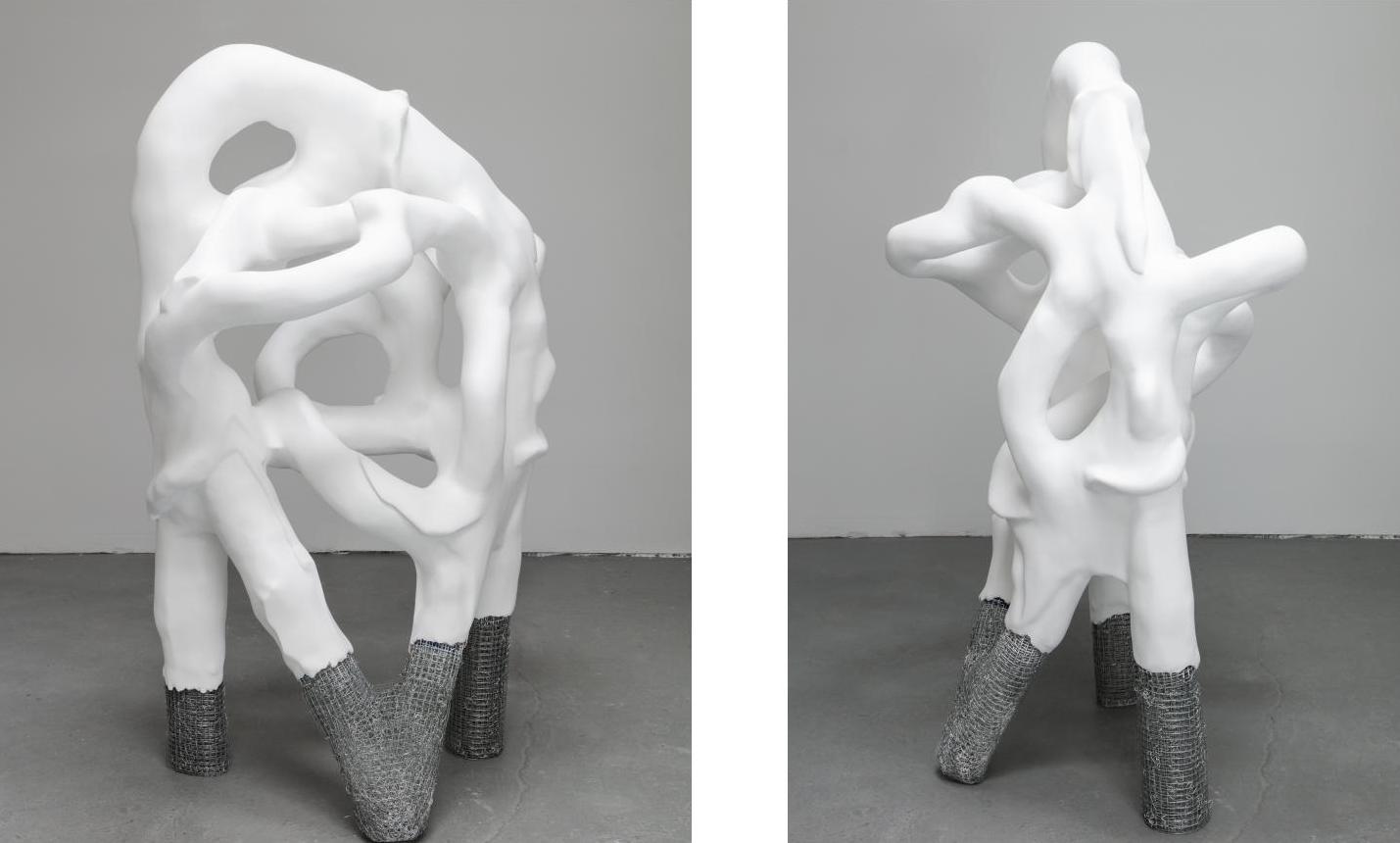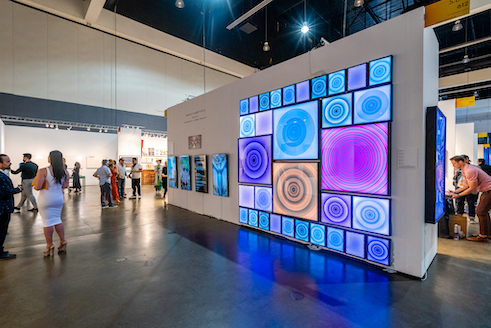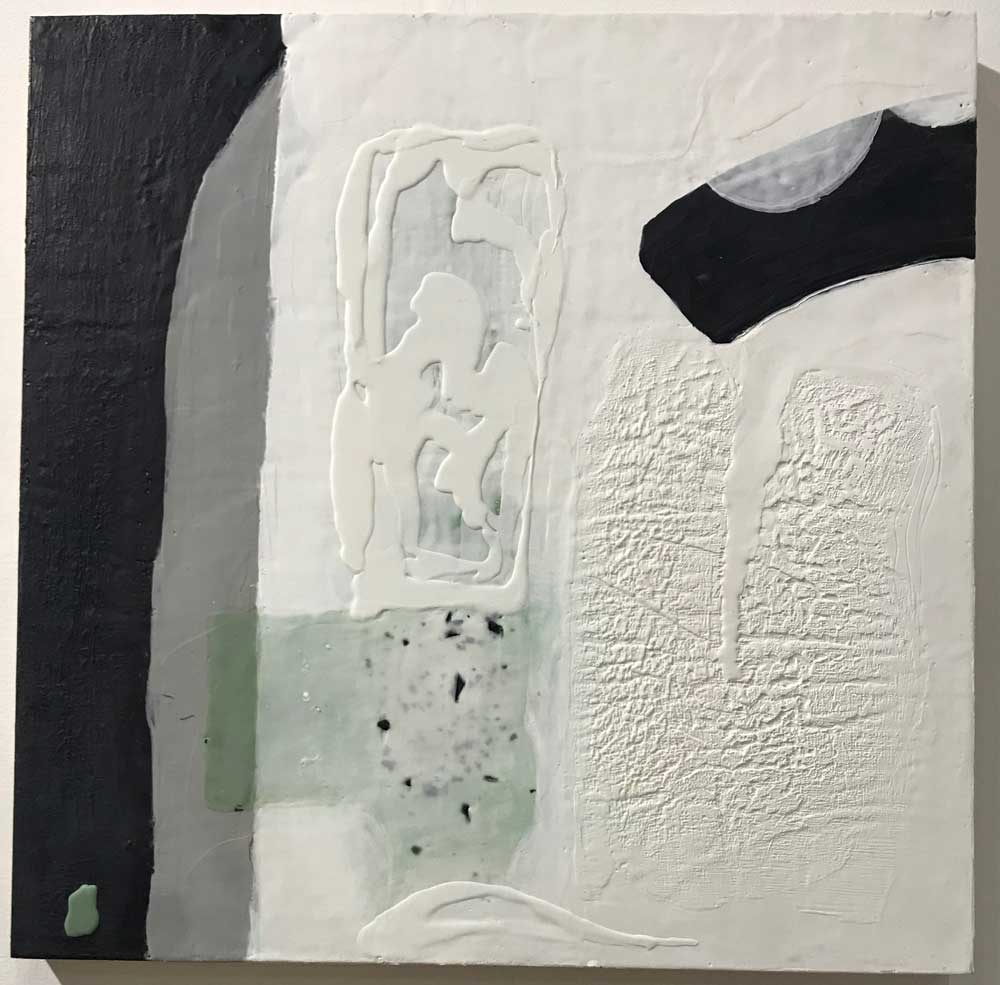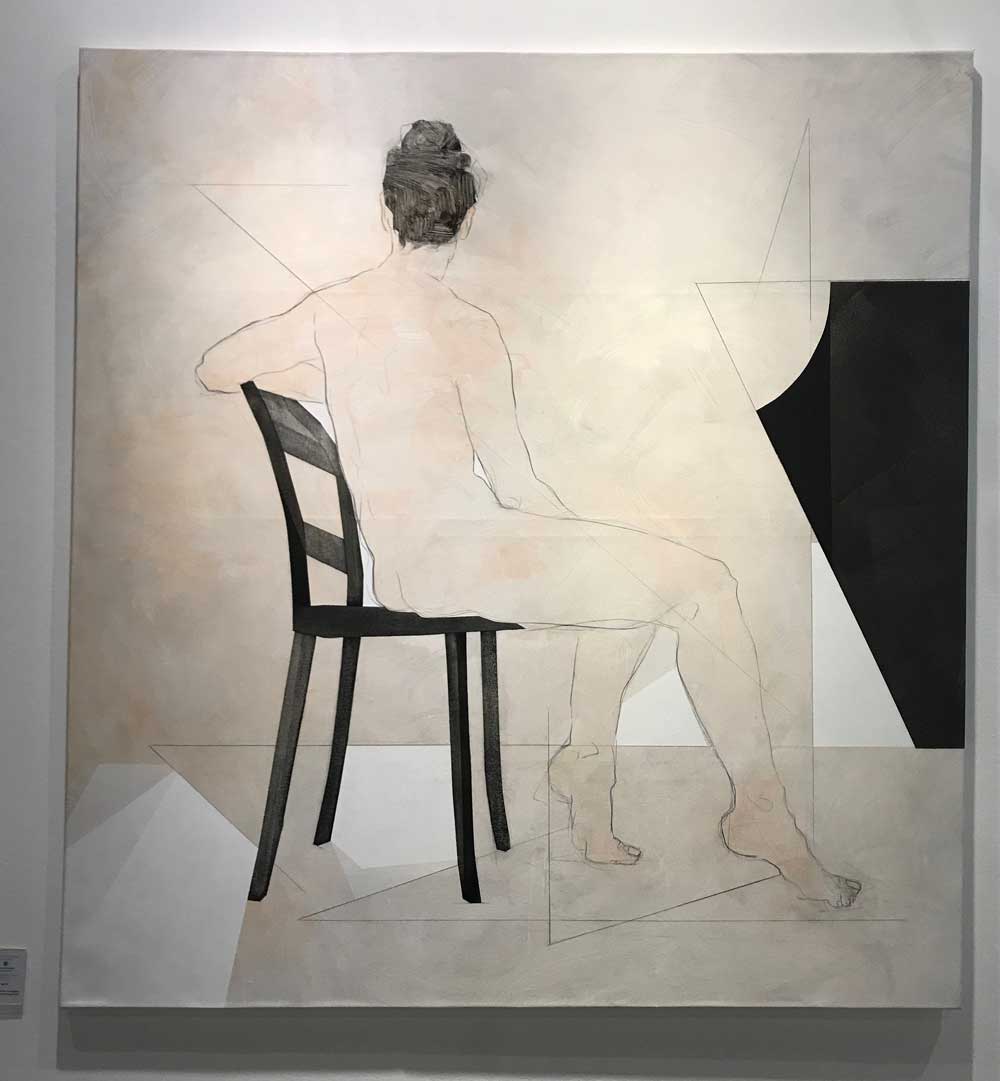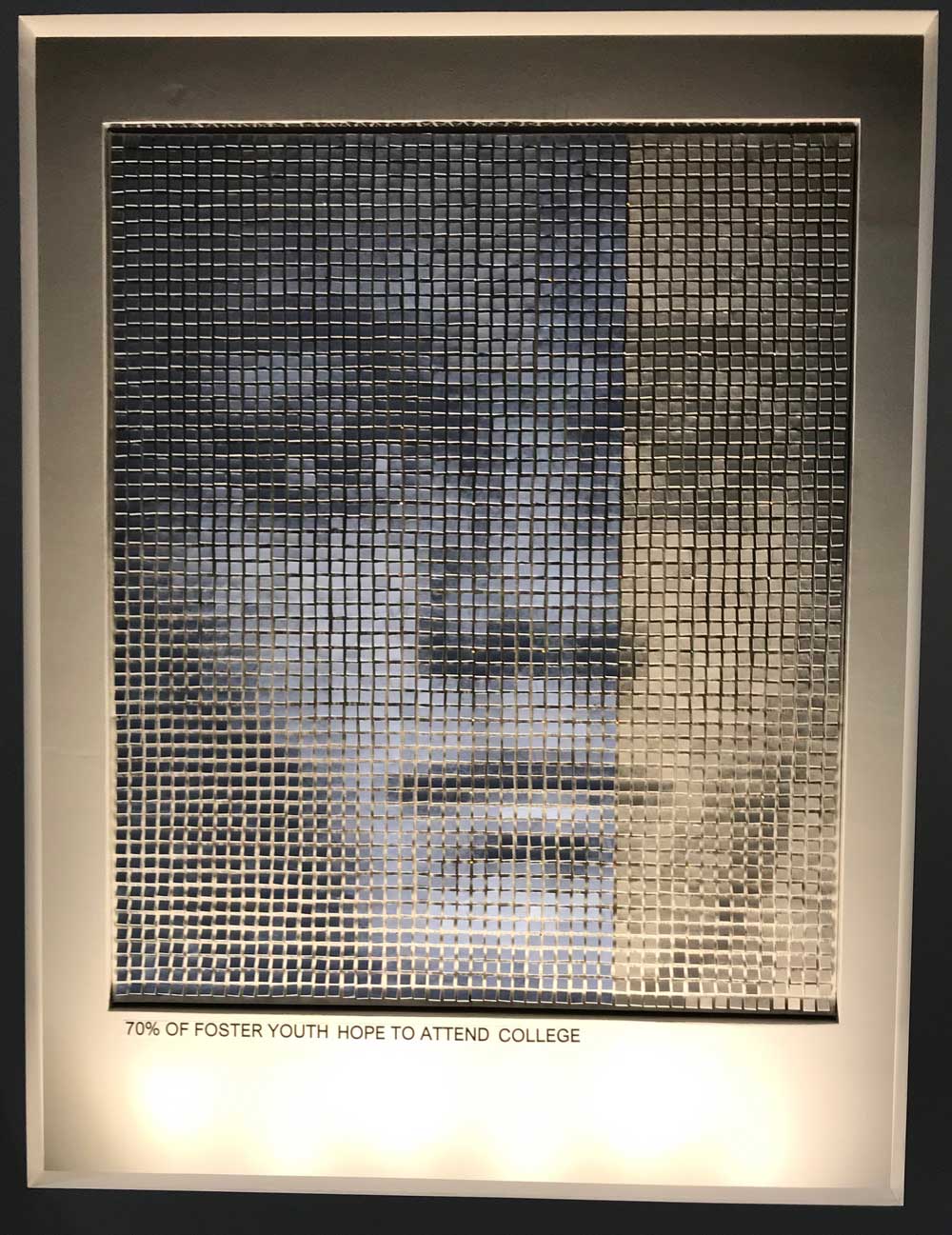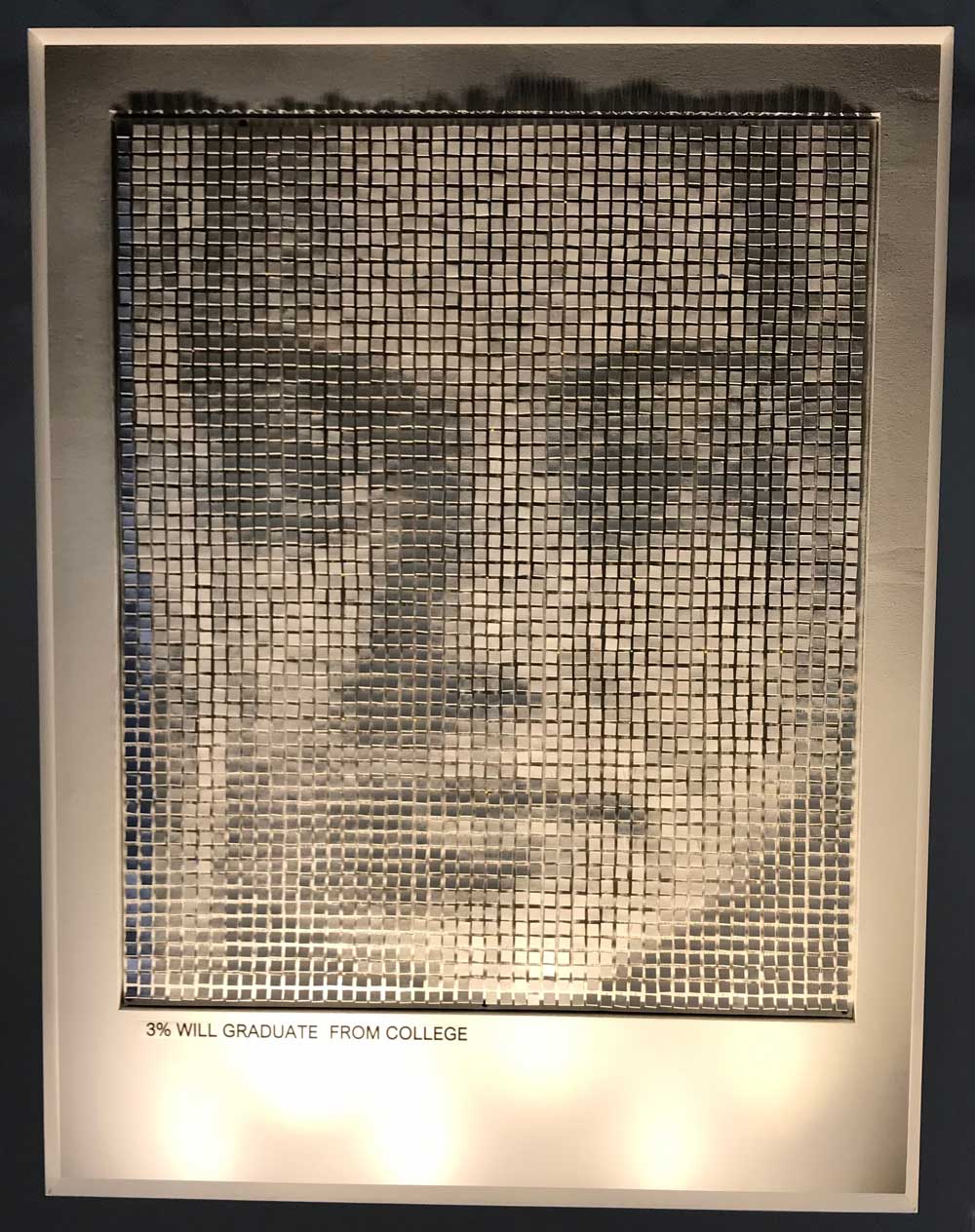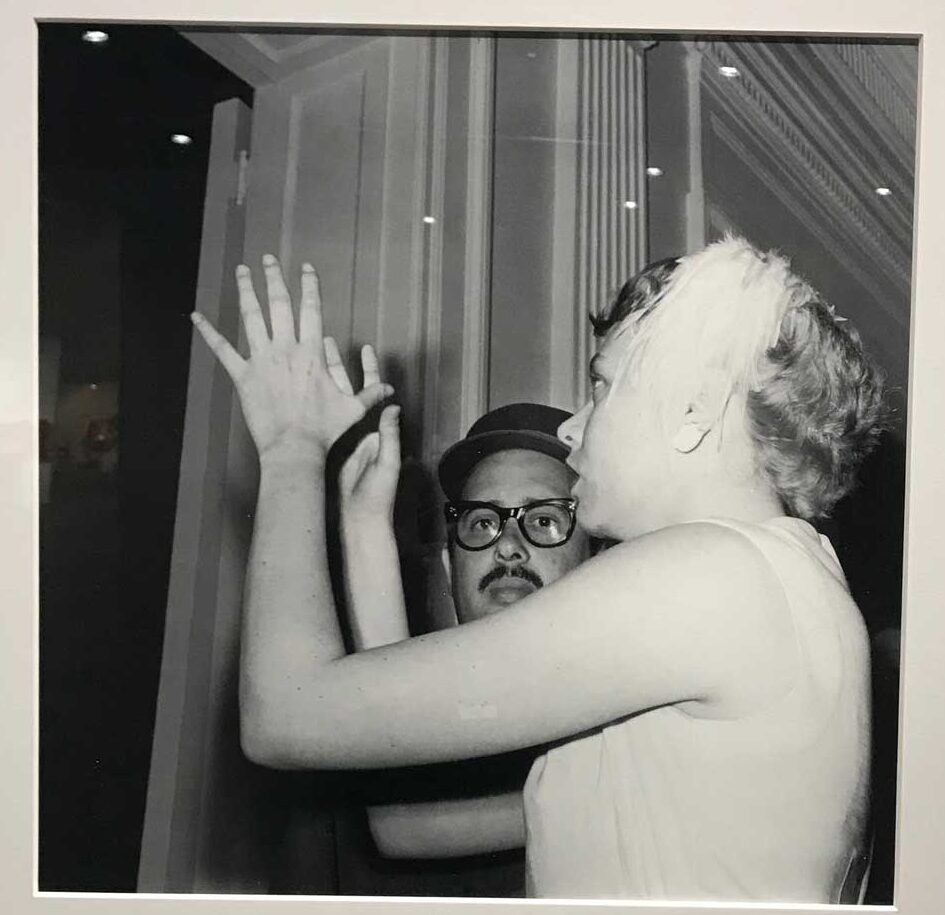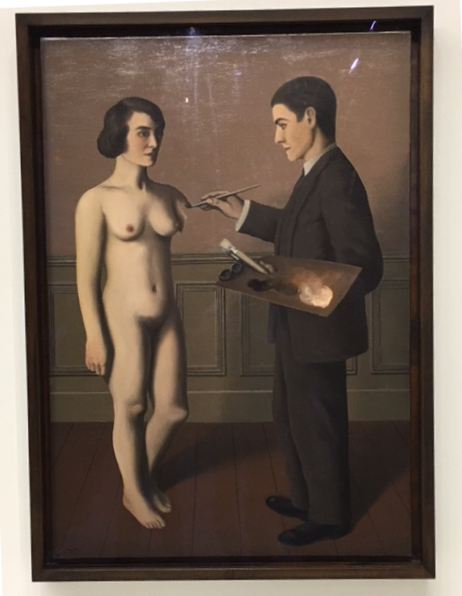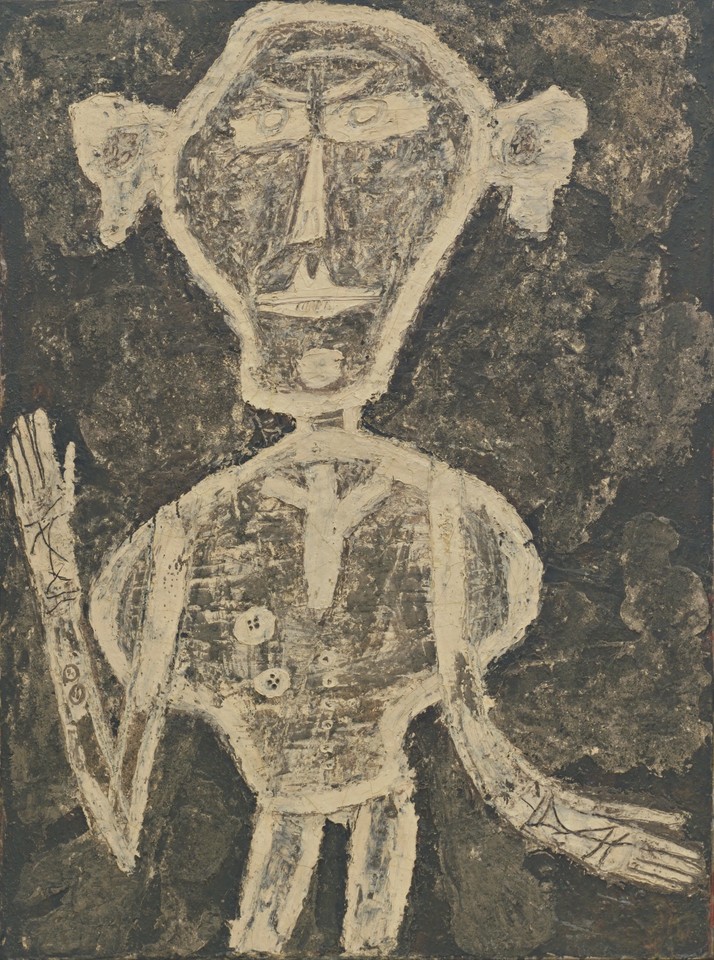Your cart is currently empty!
Category: Uncategorized
-

POEMS
The Bride of Frankenstein
Late at night, I glimpse my ideal woman.
Problem is, she exists only on TV. Nonetheless,
I am smitten. Seams divide one perfect cheek
into three continents. Her impersonation
of an angry swan is so feral that I long
to fill my mouth with feathers. She walks stiffly,
this actress on stilts, as if her joints don’t work.
Her eyes dart like a prey animal’s. She’s onscreen
only three minutes, yet in that brief time
manages to channel both startled newborn
and enraged, caged predator. A crumbling
puppet, her lipstick like ink, her legs were bandaged
so tightly on set, I read, that she was unable to move
and had to be carried. When the film opens, before
she becomes monster, she wears a white net dress
with sequins shaped like butterflies, moons, and stars.
Censors objected to the neckline of that gown.
What an ultimate striptease it would be if her
bandages peeled. She could continue to speak
swan, I wouldn’t mind. On stormy nights our bed
would become an elevator, ascending the floors
of a blackened castle, bursting clear through
the roof, penetrating an electrified sky. In each
of her movies, I read, she was asked to scream.
Now, she screams without my even having to ask.—Amy Gerstler
For E.
Pardon me for pretending I might wish
you back into existence so we could chat.
Better yet, I’d remain silent and bask
in the sound of your voice—music I’m
ashamed I can no longer quite call
to mind. I do remember your habit
of chattering your teeth in a cartoonish
manner when you got nervous or
bored. And I’m easily re-seized by how
keenly I once yearned to be your home
away from home, your quiet, tree-lined
street between the park and that old stone
church. But you slipped out of the party
too soon, just as you always threatened
you’d do. Remember being breathless
together on the observation deck of the
Empire State Building? We took the last
elevator up to the 86th floor, at 1:15 a.m.,
inhaled what drugs you had, and damn!
they were good. How dizzily I miss you
this minute in which I find myself so much
older, darling, than you ever lived to be.—Amy Gerstler
Night Moves
This restlessness that leads
nowhere, this sense of urgency
about reaching a destination
where nothing happens, this need
to relieve oneself of boredom,
loneliness, restlessness: those parts
of oneself that increase
after a day spent entirely
in retreat, that prey upon one
more than one would prefer:
to arrive at a social hive,
where the urgent need for frivolity
can be satisfied, or just
to be out at night.—John Tottenham
Sex
A pigeon pecks at a pair of scissors. One guy can’t parallel park and the other
is shivering so loudly people at the bus stop turn to stare. Holes are placed
at random intervals to confound the logic of the body: topologies voids creases
a finite number of symbols combined to much-little beheading consequence
Catalexis is one for headlessness
Yes No Maybe Teeth are rendered as syllables
stuttering the architecture The kitchen is vacated
and in its wake, a goose rises with a scream
the naked crust of the Earth strumpeted
& all its endowments Here is chert
saltpeter dead martyrs from the mouths of children
one turns away to include the other
as another self—Manal Kara
-

Desert X
Since 2017, I have been among the 1.7 million people who have participated in the art biennial-cum-treasure hunt to seek out large-scale, site-specific contemporary art installations scattered throughout the Coachella Valley desert, the land of the haves and have-nots. Not in a white cube, locked away in a walled institution, or behind a paywall, Desert X is a great equalizer, breaking down the walls of the institution and sharing the cultural wealth of art and the wild west with any who wish to seek it out.
Nestled into the perimeter of the iconic wind farms in Desert Hot Springs, Jose Dávila has installed 12 massive blocks of white marble from a Mexican quarry. Harnessing the illusion of exhilarating precarity, he balances pairs of them upon one another, creating towers and cantilevers of brilliant stone that absorb and bounce the desert sunlight, jutting into your field of vision from every perspective. The monumental presence of these unmissable forms of extracted land provokes a consideration of the counterbalanced emptiness that must exist elsewhere, mirroring the heavy weight of the lived reality of so many immigrant communities in the area but not from the area. The act of being together is beautiful, bold, and somber to behold all at once
In Palm Springs, Ronald Rael’s Adobe Oasis imagines a future where robotics and ancient adobe architecture can effectively answer the housing crisis. His open-air, maze-like structure—meant to evoke the texture of the city’s eponymous palm tree trunks—demonstrates the possibilities of a modern adobe tradition 3D printed in locally sourced and sustainable Corona Clay. I wasn’t delighted by its aesthetic—its walls looked to me more like excrement squeezed through a large icing pipe—but the imaginative underpinnings of the alternative future it proposes won me over. As they say, the future is now. The work provokes critical consideration as entire cities devastated by natural disasters are rethinking how to rebuild in a climate crisis. Rael’s installation reminds us that adobe architecture has stood the test of time and offers a glimmer of hope.

Desert X 2025 installation view of Alison Saar, Soul Service Station. Photo: Lance Gerber. Courtesy of Desert X. I was soothed and amused by the imagined architecture of Alison Saar’s Soul Service Station, a gas station for collective healing. Like a friend who acknowledges our troubles and reminds us that we are stronger than any moment of seeming defeat, all who encounter it are invited to refill our troubled, deflated souls with optimistic energy. Its attendant, Ruby, is fashioned in Saar’s signature figurative style, carved from sturdy wood and covered in an armor of salvaged ceiling tin. I felt her protective energy washing over me as words of encouragement by poet Harryette Mullen poured out of the gas pump’s two conch shell-shaped nozzles. The experience felt like a warm hug, gently asking me to slow down and absorb the multitudes of Saar’s layered assemblage sculpture, radiating with the inherent magic of reclaimed materials that carry their own histories of resilience.
Agnes Denes’ The Living Pyramid at the historic Sunnylands Center & Gardens is a durational work covered with flora planted last November. The multi-story living sculpture, a brilliant white stepped pyramid garden bed, is a commanding centerpiece of the already impressively manicured gardens. When I visited it during the press preview in early March, set against the distant snow-covered mountaintops, the sculpture was covered in plants boasting the vibrant greens, pinks, yellows, and oranges of early spring. But everyone who visits will have a different experience as the plants continue to bloom over the course of the installation. When the snow inevitably melts, and the pyramid is in full bloom, the relationship to its site will change, and the aesthetic harmony I experienced will be replaced by the juxtaposition of a fragile garden thriving in the heart of the desert.

Desert X 2025 installation view of Agnes Denes The Living Pyramid at Sunnylands Center & Gardens. Photo: Lance Gerber. Courtesy of Desert X. The impact of Saudi artist Muhannad Shono’s immersive installation What Remains, more so than any other project this year, doesn’t translate to 2D. Images of the work meant to pique my interest enough to pull me out into the middle of Thousand Palms seemed to promise little more than large trash bags blowing in the wind, and the artwork’s highfalutin didactic promising “a state of tremor,” had me rolling my eyes. But my experience of this anti-monument demanded quiet contemplation as I stood observing a field of —yes, rolls of trash bag-like material painted and covered in sand—malleable forms taking on the undulations and palette of the barren landscape. With only the sounds of its fabric scratching against dry desert brush in the wind breaking the silence, it felt eerily like I was at the end of the world, in a future when the last of us who had survived in tents were no longer around to maintain any semblance of home. Is this what is destined to become of us? Is this a fixed destiny, or something that can be interrupted? Is there justice and beauty in ruin? I reluctantly left after 30 minutes of observing the work as it transformed with every breeze, moving through it in quiet contemplation as my perspective of the landscape and possible answers to my existential questions changed with every step.
In today’s world of rapidly accumulating crises, I suppose it’s no surprise these installations captured my heart with their abstracted pedagogies of hope, a welcome reward for finding where X marked the spot.
Desert X 2025
Coachella Valley, California
On view through May 11, 2025 -

STAYING SANE(ish) WITH DR. TRAINWRECK
Ask Dr. Trainwreck
Trying to Navigate LA
Dear Dr. Trainwreck,
Can you talk about chasing fame and how that affects friendship? I’m from the Midwest and came out to California for art school. I’m fresh out of school (one year) and was able to get pretty good gallery representation early on so I count myself lucky. But a classmate that graduated at the same time keeps asking me how I did it. I’m happy to share. I’m not trying to gatekeep and I introduce them to my contacts (the few that I have). But in my core, I think the real issue is that they’re chasing fame as their primary goal rather than focusing on making art. I guess it shouldn’t bother me so much, to each their own, except that whenever we hang I also feel like I’m being strategically dissected to see what parts of me they can use and that will help them climb whatever ladder faster (not that I am famous by any means). They are actually quite talented and naturally brilliant, and everyone loves them, so it may just be me getting weirded out. I guess being a bit of an opportunist is normal in LA and isn’t necessarily a bad thing?
— Trying to navigate Los Angeles
Dear Trying to navigate Los Angeles,
Truth? People are opportunists everywhere, every field, every relationship. Not all the time, not every day, but on some level humans are usually pretty quick to take an opportunity when it presents itself. Now, that said, Los Angeles is in many ways the worst of the worst. Have you not noticed the first thing anyone asks you at some douchey Hollywood party is: What do you do? And they are not asking in an interested way, they are usually asking to find out who you know, and what you can do for them, and if you are worth talking to or if there is someone else in the room more powerful, hotter, better connected. You get the idea. Watch Kiss Kiss Bang Bang, or The Player, or LA Story.
Those three get the general vibe of LA pretty perfectly. Now, what I do, and what I advise, is to sort of weigh how much you actually enjoy spending time with this person against how much it weirds you out or makes you uncomfortable. If you love them, and value the relationship, in a serious way, consider just talking to them about it. If they are an asshole, they will likely become terribly offended, defensive, and somehow try to make it all your fault. If they are a true friend, they will actually listen. You did not mention how old you or they are (I am assuming young, 20s?). If this is the case a little grace is owed, being as you are both still young and have a goodly amount of time to learn how to navigate not just LA but complex adult friendships. If you are older and they are behaving this way: Fuck ‘em. They should do better, but more importantly, you can spend your time doing something that makes you happy. Like creating art.
Be well, and do good things.
—Dr. C. Barnabas Westlake
Confessions of a Trans Poly Scaredy-Cat, part 1
Dear Dr. Trainwreck,
Queer love is so much more dynamic, isn’t it? The breadth of possibilities also makes it difficult to parse the way forward sometimes. Is she flirting with me, or just friendly? Are they even queer? What lines are not to be crossed?
I met my partner of three years online, we dated casually for six months before deciding it could be more structured than that. We tried a monogamous arrangement for a few months in the middle of things and determined that it wasn’t helping. I’m a relentlessly horny person and my partner is not. Weirdly, I think she has more propensity to be ok with sex with strangers than I, although she doesn’t see herself as particularly non-monogamous.
Our lives have gotten more and more intertwined, and now her friends are my friends, but she has a strict “I don’t wanna meet my metas” type of policy for her own sanity. So, here’s the rub: I have discovered that a lot of my energy to take care of myself, do the tasks I need to do, clean up around the apartment, etc, is built on looking and feeling sexy and having fun sexy experiences with new people. This is incredibly difficult to manage in our current arrangement without changing something and has precipitated almost a two year dry spell… save the occasional period sex as my partner gets frisky when the moon rises.
I’m looking into self-pleasure mastery but I think the key to the energy-generation part of it for me comes from being with another individual. Frivolous one-night things that aren’t at least somewhat soul-touching are not helpful in this regard. Also, I’m starting to have a crush on my roommate, but that’s already been brought up as a non-starter. Same with her roommates/friends. So here we are, feeling somewhat stuck and slowly letting go of all the tasks that I used to enjoy for the sake of them.
I can only imagine your answer to this may be very simple, short, and abrasive, but I look forward to it nonetheless.
—Floundering From Fidelity
Dear FFF,
Well, fuck. This is indeed a quandary. I will be as gentle as I can: two people with very different sexual needs are unlikely to make it. Or at least not happily. Your letter reads like someone who is giving up a lot for someone else – not usually a good sign. And they seem to be placing a LOT of restrictions on whom you are allowed to shag. Which leads me to believe that perhaps they are not as OK with multiple partners as they are pretending to be. Which is obviously going to become a bigger and bigger problem. I think that part of the fun of being queer and poly and generally ‘relentlessly horny’, is the variety, the first kisses, the long nights getting to know someone different in a sexy, intense-but-different-than-primary-relationship-way. You are depriving yourself of so much. And for what? Someone who gets down (goes down?) once every couple months at best, and has effectively curtailed your extracurricular activities. In all seriousness, what are you getting from this relationship? In a very abbreviated and slightly flippant answer I might say that if you are in a partnership, and not getting laid, just be friends. Or not. But you sound unhappy, frustrated, and kind of lonely. So, what are you doing? Because it sounds to me like you are slowly fading away – becoming someone you might not actually be. Fuck a bunch of THAT. Being who you are is already complicated, dangerous, scary, often lonely and forever misunderstood. Add to that the current political climate and I say you, of all people, should have as much fun as you can. Before your love, your lifestyle, and your fundamental being, becomes illegal.
Also, TWO YEARS?!?! No amount of self-gratification can make that right. In fact, I am sad even thinking about it. Two years in which you could have – should have – been using to be not just good to your partner, but good to yourself. And part of being good to yourself is (according to your letter) about getting sexy, keeping your home wonderful, and experiencing new adventures with new people.
Your way forward seems pretty obvious to me, and it sucks. But being with someone who is not right for you also sucks, but it sucks for longer, and causes more damage, and breaks not just your heart but your spirit.
Good luck my floundering one. Be well, and do good things.
I’m gonna have to motor if I wanna be ready for that funeral.
—Dr. C. Barnabas Westlake
-

Mary Woronov: A Survey
West HollywoodMary Woronov, Chelsea Girl, writer, actress and painter, is currently displaying her luscious punk-rock paintings in a Pop-up exhibition at an old Land Rover/Jaguar dealership in West Hollywood. This is a rare opportunity to see this extraordinary survey of her unique painterly style, mostly figurative, vivid canvases—but don’t skip over her smaller psychedelic neon landscapes; they are gems. Her figurative works have a ghoulish, misanthropic overtone to them, like aliens or ominous cartoon creatures. Some fans know the iconic Woronov only through her association with Andy Warhol, but oh, she is so much more.

“Mary Woronov: A Survey” runs through November 30.
9176 Sunset Blvd., West HollywoodSaturday, Nov 18th 4-8pm Meet the artist, who will sign Wake for the Angels: Paintings and Stories and discuss her work.
Upcoming will be screenings from her film career (Eating Raoul, Rock & Roll High School) with Q&A. Dates TBA.Curated by Artist/Gallerists Eric Ernest Johnson + Roy Rogers Oldenkamp
Open Weekend Afternoons and by appointment (323) 875-5657
Metered Parking, parking in Beverly Hills residential until 8pm and fee lot parking. -

Musing on the Island
The Catalina Museum for Art and HistoryThe Catalina Museum for Art and History invited Artillery for its 70th anniversary fundraiser and art auction. Who knew, maybe we could bid on some donated art and enjoy a day trip for a good cause. The rather large Spanish-tiled building—surrounded by vacation-rental cottages in LA’s weekend playground, Avalon—was hosting a Margaritaville for the generation who no longer parties in bikinis at the disco on the sand around the bend.

It could have been surmised, I suppose, that the kind of art represented would be the sea and landscape paintings one encounters in such beachy locales, and, indeed, there was a handsome array of these decoratively hung in matching gilded frames in the entry hall. These would be the variety of auctioned off works later in the evening.

Patrons were warmed up with alcohol and encouraged to put on funny hats and feather boas—which could have been high concept Mike Kelleyesque farce, but wasn’t—and bid on baskets of local trinkets and things across the way.

The dress code was Hawaiian shirts and entertainment included a stilt walker, magician and caricaturist accompanied by the Catalina Cool Cats playing oldies and Hendrix solos on violin. It was a local tribute to the trustees and was sweet in its home-spun gala-rama way.
Surely all art is somehow subject to the pockets and inclinations of its institutions and patrons.
Here, it was a matter of an upscale Afishinados (a nearby gallery of sorts specializing in, yep, fish-themed work), for a crowd who could spell hors d’oeuvres, maybe, and liked their stuff uncomplicated, outside of what might be served up on the mainland.
-

PICK OF THE WEEK: Martine Syms
Sprüth MagersMartine Syms’ solo exhibition, “Loser Back Home,” is an epic, multidimensional collage of material and media. It’s a labyrinthine of various avatars and personal significations spanning video, photography, painting, drawing, and sculptural installation, forming a diaristic labyrinth of the artist’s identity, equally shaped and fractured by shifting perceptions and experiences. An all-consuming mass of content spans the entire second floor of the gallery—images and objects (created and found) are layered and spliced, magnified and distorted, pixilated and painted—forming a vortex of signs and signals that sucks you in just to spit you out, mimicking life’s endless loophole of self-construction and displacement. Syms presents identity as a constant construction site—a cruel and hilarious theater of sorts—a place of continual negotiation that inevitably leads inward (or “home,” as the title suggests), reminding us that being in a body is simultaneously securing and unsettling. Gleaned from personal archives and everyday encounters, Syms’ repetitive oversaturation of images and words becomes redundant to the point of obsoletion, relating to the ways in which we construct identity (especially since the advent of the internet and social media). Syms’ exhibition considers more nuanced and dimensional notions of displacement, as embodied and disembodied, as spacial and psychological. Aren’t we all strangers to ourselves every now and then?
Sprüth Magers
5900 Wilshire Boulevard
Los Angeles, CA 90036
On view through August 26, 2023 -

Here and There
The Art at Coachella Valley Music and Arts Festival 2023The first weekend of the 2023 Coachella Valley Music and Arts Festival has come and gone, celebrating not only the best of music but of visual art, both locally and internationally. I was invited to meet with the slate of artists chosen by Paul Clemente with Raffi Lehrer for the Coachella Art Department to create bespoke art installations on the fields, and offered a chance to visit some of their other activations across the festival.
I started my afternoon of interviews with the most luxurious of transportation options available on the extensive polo grounds: a golf cart. I was whisked away by public art program specialist Sarah Scheideman and artist Sofia Enriquez deep into the camping grounds to see their woman-run Coachella Art Studio. Scheideman founded it as one of the first features in camping in 2008 that has turned into a well-oiled and loved activation with what she describes as “funky, weird crafts.”

Live model poses for figure drawing in Coachella Art Studio. Image by Bianca Collins. At Coachella Art Studio, as one expects, a DJ was bumping electronic music and the sun was shining. What I didn’t expect was an enthusiastic and dense crowd of people crawling all over a 5,000 square foot tent in a flow state of focus with a great sense of autonomy and empowerment. A lamination station stacked with printed images for making custom buttons was near a sewing station with embellishment materials and a rack of vintage clothing to “upcycle.” A custom aromatherapy station was next to a beading table, and close by, models for figure drawing in neon fishnet outfits struck poses on colorful geometric plinths.
“We give people their space to do them,” says Scheideman. “That’s the whole point why we’re here: to let people be their best selves.”
Creative opportunities abound in the Art Studio tent, but Enriquez’ story takes the cake.

Coachella Valley Music and Arts Festival 2019, Sofia Enriquez, “Mismo,” image by Lance Gerber Enriquez first engaged with the Studio as a camping festival-goer in 2014. “I was just like, ‘How can I help? Who’s running this show? I want to contribute.’” She started helping Scheideman with the Studio, then took a job in the art department as a welder to finance her own creative practice. Before she knew it, Lehrer offered her a chance to propose an installation for the fields. In 2019, she presented Mismo, a garden of six massive, colorful paisleys; a motif she often uses in her murals and fashion designs. Creating a large-scale immersive installation for Coachella is a major milestone in any established artist’s career, and a priceless opportunity for an emerging artist. “It just happened, like, naturally,” she said, shrugging humbly.
After a golf cart ride back to the fields, I stumbled into Aaron Hansen, a local Desert Hot Springs muralist who lives “out by the windmills,” painting the environment and landscape of this year’s festival en plein air on a small canvas. “I do murals,” he said, “I like public art, accessible art. I like putting it out for everyone. I usually go big. This is the smallest I ever paint.”

Aaron Hansen paints en plein air for Coachella. Image by Bianca Collins. Hansen typically blocks off all of April to make space for the increased opportunities available to artists in the area during the festival run. “I’ve done this festival so many ways. When it was just 1 weekend – since forever, you know? I did a lot of production backstage, some brand life painting. Last year I helped my friend Mr. Baby paint 100 feet of lockers.” I asked him why he thought Coachella had invited him to activate the fields in this way this year. “I think what they wanna show is, you can come here, be creative, be yourself. But, that’s just, me, assuming,” he said, blushing. As I left, he proudly encouraged me to check out his work on the water stations. “I painted four of them with a really nice gradient. Super smooth, with clouds on them. Looks super good.”

Coachella Valley Music and Arts Festival 2023, Kumkum Fernando with his installation “The Messengers,” photo by David Morrison. I arrived at The Messengers, a trio of massive, geometrical figures soaring 65-80 feet high by Vietnam-based Sri Lankan artist Kumkum Fernando. Standing on plinths with a base of steps and covered in lime green, bright orange and midnight blue patterns inspired by Tibetan temples, their solid presence offered protective shade for revelers resting in the late afternoon sun.

Coachella Valley Music and Arts Festival 2023, detail view of Kumkum Fernando’s “The Messengers,” photo by David Morrison Fernando calls his figures idols, inspired by South and Southeast Asian mythology and architecture and personal stories from his life experiences. The towering central idol with a jetpack, Flying Ilo, is named for his son, Kai Ilo, who he only sees once a quarter. “It’s dedicated to loved ones who can’t be with us in this moment… Now, Ilo can come to me whenever he wants.” The leftmost idol decorated with South Asian temple flower drawings, Empress of the Garden, represents the guardian spirit of Mother Nature and the stories he grew up with as a Buddhist. The rightmost idol, Lotus 1, includes hidden morse codes for peace and love. “These interdimensional creatures, they’re here to celebrate together. They’re here to party and celebrate the message of peace.”

Coachella Valley Music and Arts Festival 2023, installation view of Güvenç Özel’s “Holoflux,” photo by David Morrison Next, I met with Güvenç Özel, a Turkish artist, architect and “Coachella veteran,” whose 60-foot tall Holoflux installation reflects his deep exploration of the intersection of design and technology. A massive spherical X marks the spot between the two most popular stages, covered in iridescent fabric and flanked by green-screen-green undulating pipes with chrome forms spilling out.
 Coachella Valley Music and Arts Festival 2023, Güvenç Özel with his installation “Holoflux,” photo by David Morrison
Coachella Valley Music and Arts Festival 2023, Güvenç Özel with his installation “Holoflux,” photo by David MorrisonIt appears as a mirage from afar, an impossible computer rendering of a continuous form folding back in on itself in a physical space. At night, 360 projections map the installation to create the impression that the entire form is covered with 3D animation. Nighttime projections reflect the continuity between nature, humans, and technology; a contemporary holy trilogy. Images of corals turning into robots turning into humans turning into crystals turning into rocks and into trees and into robots again remind people that “tech isn’t alien to nature. Tech is the output of nature through us, that is, actually, the evolution of nature.”

Coachella Valley Music and Arts Festival 2023, Maggie West with her installation “Eden,” photo by David Morrison Los Angeles-based Maggie West’s Eden is not filled with the sort of flora you might expect to find in the desert, but flowers and plants we see regularly, like lilies and snake plants. Reexamined through the lens of colored lighting in cool and warm tones, 20 steel structures feature high-resolution images of plants in a warm palette on one side and a cool palette on the other. At night, the installation glows with projections that mimic naturally occurring lighting effects, like those of fireflies, lightning, and bioluminescent plankton.


Coachella Valley Music and Arts Festival 2023 installation view of Vincent Leroy’s “Molecular Cloud,” photo by Bianca Collins. The fourth and final major new installation on the fields in 2023 was the Paris-based French artist Vincent Leroy’s Molecular Cloud positioned by the main stage, made from clusters of large, bright pink, glossy inflatable objects hoisted high as massive mobiles above festival-goers’ heads. Here, we are encouraged to focus on the impact of perception and movement, but most folks were focused on photographing their reflections, chasing the shade of the clouds (or “pink balls,” as I heard them referenced many times), and locating their friends in the fray. This is Coachella, after all.

Jim Denevan for Outstanding in the Field. Image by Bianca Collins. I wrapped up my day with a last-minute invitation to the best meal in town during the festival, provided by Outstanding in the Field. As usual, their iconic long dining table was set up in the rose garden. This year, I had the delight of enjoying a meal by Nigerian Chef Tolu Eros while chatting with OITF’s founder and land artist Jim Denevan and the Desert X team about creating site-specific land art in the desert.
From Cathedral City to Vietnam, Coachella’s steadfast support of local and international artists in their renowned art program is not only remarkable, but deliberate. “In selecting projects from around the world, our intention is to bring together artists, architects and designers whose practices invite participation, inclusion, and transformation,” said Lehrer. The result is a multi-faceted kaleidoscope of a festival, reflecting a global audience while rooted firmly in the Coachella Valley.
-

OUTSIDE LA: Printed Matter
San Bernardino Valley CollegeLinguistic determinism suggests that language dictates perception and perceptions are reflected in one’s language. Therefore, when art intersects with politics, the result is “Printed Matter,” the current exhibition at San Bernardino Valley College’s Gresham Gallery. By assembling together posters, portfolios, artworks and ephemeral materials, curator C. Ian White extends an invitation to experience the liberating visual rhetoric of war, human rights, women’s rights, voting rights, and civil rights—issues still relevant today. Works by accomplished blue-chip artists and those that are unknown actualize what artist David Hammons believes the role of creative individuals is—to criticize, disturb, upset and make fun of the establishment.
For example, a poster of assassinated African nationalist leader and first prime minister of the Democratic Republic of the Congo, Patrice Lumumba, points to the correlation between domestic and international struggles against colonialism and imperialism. Lumumba’s eyes unwaveringly and unapologetically stare out as if expectantly seeking solutions.
In keeping with the tradition of juxtaposing messages to raise awareness is the display of four flags—the political protest American flag, the American flag, the pride flag and a reinterpretation by David Hammons, African American Flag (1990). The display deconstructs notions of freedom as well as myopic infatuation with America’s national anthem, the “Star-Spangled Banner.” The fact remains, marginalized groups continue to fight for basic rights in their own country.
The piece Home (2022) delivers a scathing critique of the United States domestic policy toward their own: the houseless individuals without a physical address. Comprised of written statements on cardboard, the assembled shapes spell what some folk take for granted. The burning question remains of how a nation can be recognized as a superpower, approve a $1.5 billion bailout to Chrysler Corporation (1980), $15 billion bailout to the airline industry (2001), greenlight the Troubled Asset Relief Program (2008) to help failing banks and businesses and $25 billion in 2020 to bailout the airline industry while simultaneously allow its own displaced population to suffer. It’s no secret that selective amnesia facilitates the rich capitalist’s ability to not remember the blistering critique Dr. Martin Luther King Jr. gave in 1967 of his own government in its willingness to finance a war in Vietnam, yet ignore its own poor.
For those viewers who are uncommitted listeners, inclined to agree or disagree but are open to persuasion, Printed Matter is a must-see exhibition. In fact, this show matters to anyone unafraid of having transformative ideas make their home in one’s mind rent free.
-

BOUNCING IN THE ARTIST’S BUBBLE, PART TWO
Click Here for Part One “Bouncing in the Artist’s Bubble”
The womb of an artist’s bubble reflects one’s spirit; the exoskeleton can expand with joy and contract in pain. A new project ballooned into bliss. I was having a chat at Coffee Talk in Kaimuki with friend Janetta Napp, one of the most interesting and accomplished artists living in Hawai’i. We were arguing about modern fiction, plotting and characterization. We both have great respect for the well-devised narrative. In my louche SoCal thinking, I concluded plot was less important than an author’s skill to “just keep it interesting.”
No gauntlet was thrown down, but it stuck as a challenge. I had never scribed a work longer than a novella. Napp was encouraging, and rumination, like water on concrete, is invasive. A character sketch turned into a chapter. As a story developed and ran off with itself, I was all in.

Screenwriting is a matter of permissions. That creative bubble must offer an open door, as film is a highly collaborative medium. True fiction invites no one but the author. This project, the narrative challenge, absorbed my life. I cannot recall when I’ve ever had as much fun. My bubble was getting crowded with characters that I loved; I could not imagine hanging out with anyone else.
Just keep it interesting. Waimea Uprising is a pop novel, devised with the sole intention of fun and amusement. Someone else can write the Great Hawai’i Novel. I wanted to write the best beach book ever.
The project was absorbing. As the narrative was forcing a conclusion, I could not stop. Never a borrower or lender, I held my hand out and a client-friend loaned me rent and ramen money.
The End. The book was appropriately well-designed. Reviews were good! The 544-page novel attracted no attention but my own.

Creative satisfaction has no scale. Winning a Pulitzer and mixing a perfect color are equally great victories. Working for others can often be as satisfying as producing for oneself. I had to quickly focus on jobs and income. All projects are valuable and one in particular was a gas. The female winner of the 1957 Makaha International was publishing a book about her mother, a pioneering OG surfer. Vicky Durand’s Wave Woman: The Life and Struggles of a Surfing Pioneer was a success. The New York Times Book Review told me so.
Waves kiss the shore. The trades blow. From Point Panic, one can watch the sun set behind the horizon, and a few months later, fall behind the Waianae mountains. Nature’s cycle keeps repeating. The creative bubble keeps bouncing.
There is but one thread that connects all of my friendships and that bond is laughter. Tulsa Kinney is the editor and publisher of Artillery, a sixteen-year-old, print art magazine devoted to Los Angeles. This feisty redhead can always make me howl and I would move heaven and earth for her. Five years ago, the American advertising market was melting down as Google and Mark Zuckerberg were snatching the milk from smaller babies. To this day, their larceny, unabated, has not stopped. What could I cook up that might help Tulsa?
I sat down to take a hard, cold look at our worldwide arts and culture media. I expected the survey would be lengthy. The bulb lit with a fast pop, or in contemporary parlance, it was an OMG moment.
The resulting concept was outside of Artillery’s Los Angeles purview. I wadded up a small forest of notes and tossed them. The paper basketball hit the rim and bounced to the floor.
I could not let go of the concept… I could not imagine our civilization without such a grand resource.
My hard look produced several salient takeaways. 1) Our planet earth does not need another glossy, chic art rag. 2) The fine art media is an integral lever of the economic worldwide art machine, valued at way over $50 Billion in 2021. The target market of the arts media is focused on the engine’s fuel, the One Percent who buy, sell, ship, store, and auction art. 3) The fine art media is not in the business of sharing the simple joys, love and appreciation of art with the little people: it just doesn’t pay.
Wary of the concept of a comprehensive arts news platform, friends and family advised that K-Pop, Porn or Pickleball were more popular subject matters for a platform. I countered, “Oh, yeah?”
Fact: Over the last 30 years, the fine arts have been taught throughout the American educational system. Museum attendance has risen dramatically. There is a huge market, predisposed to the arts, waiting to be entertained. (Trust me, my artworld brothers and sisters are far more fascinating than the Kardashians.) Friends and family listened politely and patted my knee, whispering, “Will ya just think about K-Pop, Porn or Pickleball as a topic?”
The shining lightbulb that hovered above my bubble was most influenced by the Drudge Report, one of the stranger success stories of modern publishing. While creating our own content, my behemoth would aggregate news stories, supporting efforts like Artillery, Glasstire from Texas, the Hawai’i Review of Books or Burnaway that covers the Deep South. We would offer the best of the world, all on one fast-to-download web page.

An artist’s imagination may be limitless; our tool kit is not. Damien Hirst can manifest an ancient shipwreck and Robert Smithson can spiral a jetty. Most artists work with what we have, like Francis Ford Coppola who will self-finance his next $125 million film Megalopolis.
Like Francis, I possessed all of the hard skills needed to produce such an internet arts media platform. It did not require the privilege of capital; I could wiggle the start-up costs. Grit and a gallon of hope could pull this thing off.
Art Report Today began to publish daily on April Fool’s Day 2019. The site is the most comprehensive arts and culture news platform in the world. We leapt to the head of the class with an average of 170 articles, images and videos in each issue. Our free weekly newsletter, the “Sunday Lounge,” entertains more than 22,000 as of this writing. The artist’s inspiration is the thread throughout. Art Report Today presents a deep beautiful dive into our worldwide arts and culture.
In the first year, the effort was rattled with growing pains and the idiotic advice to seduce venture capital. The pandemic in Years Two and Three stifled any significant progress. Today, the dark clouds of Covid are parting to reveal more political madness, economic stagnation, fresh inflation and mad despots with fingers on the triggers. Who said art-making was easy?
The Art Report Today bubble floats and bounces above the red earth of Hawai’i and the cool blue of Mother Pacific. Every day I am blessed with a sight, sound or smell of such incredible beauty that I literally stop in my tracks. Every other day, I look at Diamond Head and gasp, just like the first time I ever saw her.
Success is always double-edged. Should Art Report Today attract more attention than my own, I will gladly say aloha to the islands.
Come what may, boon or bane, the creative bubble must always be fought for and preserved.
__________________________
Gordy Grundy is an American artist and arts writer. Born by the beach, he has been influenced by sunny flights of SoCal fancy, the bold stroke and the grand gesture. He makes art daily and shows rarely. As an arts writer and columnist, he has written for the Los Angeles Times, the Huffington Post, Artillery magazine, LA Weekly, ArtNews and many others.
This essay first appeared in the Hawai’i Review of Books.
Special thanks to Editor Don Wallace.
Images were created by the author.
Photo of Diamond Head courtesy of Daniel Ramirez.
-

Legendary Fabricator Jack Brogan (1930–2022)
The Cowboy Gets Off the SaddleJack Brogan, the legendary arts fabricator, quietly died at home on Wednesday, September 14 at 3:30 PM. He was 92 years old. His long life was exemplary.
Born in Tennessee in 1930, Brogan came home after serving in the Korean War. He drove a truck until the unions shut him down. Then he hauled produce. He studied engineering “here and there.”
His entrepreneurial drive bought him a concrete plant that would pour blocks in the morning, steam-cure them over noon and load for delivery by five. He cast custom architectural parts, invented machinery to produce concrete pipes and made the concrete pads that sit under a phone booth for Southern Bell. Debilitating neck surgery demanded that Brogan sell his concrete interest and move to a warmer climate.
Brogan arrived in Los Angeles in 1958 where he opened a cabinet and furniture finishing shop. He built models and prototypes for Knoll. He solved production problems that the Eames brothers could not configure for Herman Miller.
As real estate was voraciously developed across the Southland, Brogan was fabricating models, designing lobbies, logos and ephemera for the developers.
In postwar California, the aerospace and automotive industries were leading the charge for new materials and high-tech manufacturing processes. The always curious Brogan never missed an innovation.
In the mid-’60s, Robert Irwin asked Lucius Hudson, the legendary stretcher-bar maker, for help with a concept of a large silver disc. Hudson sent the visionary artist down the block to Brogan’s shop in Venice.
Having a blast, Jack Brogan began to work with many artists. His knowledge of new materials and his “can-do” creativity became an inspiration and valued resource. Brogan held many hands. The artists may have seen the Light, but Brogan knew how to create the Space. The Tennessean did not coin the term “Finish Fetish,” but everyone knew that Brogan was fetishistic about the perfection of the finish.
Christopher Knight, the LA Times art critic reminds us, “In the 1960s, fabricators working for artists were uncommon, while now the collaboration happens routinely.”
Was Jack Brogan an artist’s assistant, a fabricator, a collaborator or an artist? The opinion depends upon whom you are talking. Back then, the rowdy artists from Venice, all surfers, daredevils and motorcycle racers, were chest-thumpers. Many times, Brogan was never invited to an opening, lest the cat leap out of the bag.

Photo by Eric Minh Swenson Tall and lanky, Jack Brogan was always impeccably dressed and was meticulous in his appearance. Mark Schmidt, a Minimalist artist of the Custom Culture school, was doing some work at Jack’s house and recalls, “I used to watch Jack every morning wash, clean and polish his boots. Of course, he had all of the proper equipment.” The Tennessean was a Southern gentleman who took great pride in himself and his work. Schmidt says, “Jack had thoughtful manners. Gentility. His etiquette was impeccable. He liked to do things for people. So kind. That was Jack.”
Brogan was a fun guy with a boyish sense of humor. Schmidt, who considered Brogan as a mentor says, “He was the first guy to make a joke. He liked to laugh. Jack and his pal, the artist Cosimo Cavallaro, were like a Laurel and Hardy comedy team.”
As a gentleman, Jack was never afraid to come to the aid of a lady. There is a wild tale, after a James Turrell opening at the Stedelijk Museum, when a rude German gallerist was harassing a woman. Jack, politely and to no avail, made several recommendations for better behavior. Pushed to his limit, Brogan picked up the gallerist and tossed him in the Dutch canal. LA artist John Eden tells this story of gallantry and humor in great detail.
Brogan was a foodie. Schmidt tells us that he would carry a small spice shaker everywhere he went, filled with his ten herbs and spices. Jack would spread his dream flavors on everything he ate at a fast-food drive-thru, an off-the-alley Mexican café or a Beverly Hills brasserie. Case in point, artist Jan Taylor gives us the recipe for Jack Brogan Chili, which takes only 48 hours and 20 minutes to prepare.

L-R: Doug Edge, Jack and his wife, Edith Baumann; photo by Mark Schmidt. Second to fine cuisine, Brogan loved fast cars. He was a NASCAR fan. Arriving in Southern California in 1958, Brogan found himself in the nucleus of automotive innovation. From speed to finishes, he was very involved in the industry, from paint producers to rod shops to pinstripers.
As his reputation grew and museum handlers continued to drop art objects, Brogan became busier than ever, repairing historically significant art, fabricating new works and freely dispensing advice. Brogan’s client list reads like a Who’s Who of the Blue Chip set. Irwin. Bell. Burden. Benglis. Gehry. Kaufmann. Pashgian. Turrell. McCracken. Moses. Valentine. And so many more.
Jack was a personal friend of mine and I asked him once, “What is your fondest accomplishment?” The answer defines the man. He was thoughtful and replied slowly, savoring the two words, “Irwin’s Prisms.” Robert Irwin’s original piece was four feet tall, but soon grew to sixteen. To create the new height, Brogan had to devise a method to join the clear acrylic pieces and hide the seam. Mortals would fail; Brogan triumphed. The connection is invisible. Most significantly, the joint proved stronger than the casting in a series of stress tests. Like an alchemist with a secret, Brogan smiled silently, rather than divulging the composition of his chemical creation.
Should anyone come close to Brogan’s creativity and knowledge, it would be artist Eric Johnson, a fabricator who created for Craig Kauffman and Tony DeLap. “It’s not only his secrets that are lost,” says Johnson, “it’s his analytical compounding and his circumstantial creativity. You have to remember: Every project is a new challenge.”
Brogan was a lone individual who became an institution. He was the magician who never divulged a secret. Over the last decade, many an artist and curator have wrung their hands, fearing a future without Jack, debating the many issues of succession, process and material. Brogan was an original. There has been no heir apparent. There is no successor. Careful now, don’t drop that Irwin!
Jack had many passions with elaborate cowboy boots being one of them. You can find a photograph of a stellar pair in the essay “The Alchemist: A Profile of Jack Brogan” by Lawrence Weschler, featured in the Brooklyn Rail. The subtitle says so much to the man’s character, “He is thoroughly sure of his expertise and his value. He is very much his own man.” Weschler’s detailed and compelling article is highly recommended.
Jack Brogan is survived by his longtime spouse, painter Edith Baumann, and several children.
GORDY GRUNDY is an artist and arts writer. He is the editor-in-chief of Art Report Today.com
-

PICK OF THE WEEK: Casey Kauffmann & John de Leon Martin
Human Resources LAArtists Casey Kauffmann and John de Leon Martin have created a super-collage at Human Resources, Los Angeles. A messy collision of screens, drawings and passionfruit vines engulf the gallery space with the intention to bamboozle. The duet’s maximalist installation conjoins Kauffmann and Martin’s longstanding interest in the construction, circulation and consumption of images as a means of forming identity. A sinister humor pulses through the exhibition, as each artist presents cultural ephemera from the internet and popular culture–from Super Mario to the real housewives– intentionally introducing familiar tropes only to subvert them. This destabilization makes room for discussion of queer and feminine desire, pain and possibility.
In artist Hito Steyerl’s The Wretched of the Screen, she writes that poor images are “the debris of audiovisual production, the trash that washes up on the digital economies’ shores. They testify to the violent dislocation, transferrals, and displacement of images…they spread pleasure or death threats, conspiracy theories or bootlegs, resistance or stultification.” Kauffmann and Martin blur the lines between fantasy and reality, mining landscapes of reproduction and fragmented imagination, presenting limitless possibilities out of cultural detritus. As Kauffmann, Martin and Steyrel suggest, the “poor image” contains a reality that is both prescribed and constructed.
Human Resources LA
410 Cottage Home St
LA CA 90012
On view through August 20, 2022 -

GALLERY ROUNDS: AHN HYONG NAM
Helen J Gallery[et_pb_section admin_label=”section”] [et_pb_row admin_label=”row”] [et_pb_column type=”4_4″][et_pb_text admin_label=”Text”]Upon entering Helen J Gallery, the electric sounds produced by the neon lights of Ahn Hyong Nam’s dynamic sculptures pour into visitors’ ears and plunges them into the artist’s reimagined matrix. As the show’s title implies, “Automatic Nature,” Ahn’s work investigates the function of industry amidst nature. Earthly materials intertwine with metal and colorful neon forms as an homage to our mechanized world. Free-standing or on a wall, these works are a vortex of shapes, textures and colors. Pervading and protruding from every angle, viewers find themselves exerting the same degree of kinetic energy as the art itself.At the front of the gallery is the piece Flower Bouquet (2022), a nebulous sculpture crafted from corrugated aluminium with orange, yellow, and magenta splashes. Visitors maneuver around beams of curved neon and steel rods. The work’s presentation is in constant flux. With each step, the viewer sees something different: figures twist, and new spots of color appear.

Ahn Hyong Nam, installation view, 2022. Courtesy of Helen J Gallery. Here, motion is the seed for which Ahn’s approach blossoms. Viewers are gifted the freedom to engage with the sculpture at their discretion. Residing in the cavities of this sculpture are curiosities about our everchanging relationship with technology. How else can such phenomena be connected to any critiques of the democracy we claim to live in?
There is a spirituality at play in Ahn’s sculptures. Take Jacob’s Ladder #7 (2022), a vertical, asymmetrical arrangement of stainless-steel rods ascending from a geode. Transfixed rocks at each level speak to the immediacy of nature within an automized universe. At the same time, we are presented with a title that has biblical ideation. As our eyes follow the sculpture from the bottom to top, we climb an internal ladder defined by our own growth and knowledge.
Ahn Hyong Nam: Automatic Nature
Helen J Gallery
June 4, 2022 to July 16, 2022
https://helenjgallery.com/[/et_pb_text][/et_pb_column] [/et_pb_row] [/et_pb_section] -

GALLERY ROUNDS: Patrick Nickell
Rory Devine Fine ArtThe tradition of organic and biomorphic form sculpture is one of the most singularly important in modern and contemporary art. Stretching all the way back to the undulating serpentine forms of the Läocoon, the tradition really took off in the early 20th century in the work of Brancusi, Arp, Moore, Picasso and others who clearly derived it from the contours of the human body. It became a way to continue the historical sculptural emphasis on figuration while conversely being a means through which artists were finally able to break with the convention of the statue to explore the phenomenon of pure form in sculpture.

Patrick Nickell, “Farmers Pride,” 2022; Courtesy of the artist and Rory Devine Fine Art In his exhibition Like It Is at Rory Devine Fine Art, Patrick Nickell continues and extends the traditions of organic form sculpture, adding some new juice to a direction that has been sadly neglected by sculptors lately. The show is noteworthy both for its displays of formal invention and consummate craft; in an era when so much sculpture is created using “readymades” or 3D digital modeling and printing, it’s refreshing to see work that is emphatically hand made. The largest work in the exhibition, Hovering Over A Loved One (2019), combines the constructivist penchant for enclosed negative spaces with organic form’s emphasis on a feeling that the work has grown like a living being. The piece also has a quality unique to sculpture in that it looks acutely different from various viewpoints, like David Smith’s iconic Blackburn: Song of an Irish Blacksmith (1950). As in all the works in the show, it compels the viewer to continuously move around it to contemplate its myriad of formal nuances.

Patrick Nickell, “Hovering over a loved one,” 2019; Courtesy of the artist and Rory Devine Fine Art Winning Battles Losing Wars (2019) – the most obviously figure-sourced work in a show of clearly abstract sculptures – suggests two struggling, wrestler-like figures. The quasi-figures are joined at the top – it’s actually one entity fighting with itself. The matte white plaster surfaces of Nickell’s forms are perfect for an art the expresses the most basic quality of any sculpture: pure form. Essential to the development of modern sculpture, the emphasis on form remains a viable sculptural paradigm, and one that Nickell continues in an art that manages to be non-derivative, formally inventive, and intellectually engaging.

Patrick Nickell, Untitled, 2019; Courtesy of the artist and Rory Devine Fine Art Like It Is
Rory Devine Fine Art
May 28, 2022 to June 25, 2022
3209 W. Washington Blvd.
Los Angeles, CA 90018 -

LA Art Show is Back
Highlights, Fair ends this weekend.Commandeering a mere 180,000 square feet the of the Los Angeles Convention Center’s 760,000, the LA Art Show Modern + Contemporary, resurrected after last year’s COVID cancellation, offers a brief glimpse of the offerings of more than 80 galleries—foreign, domestic, and spendy.

While up-to-the-minute ornaments are understandably present—NFTs (non-fungible tokens for those of us a few minutes behind) and flexing shapes in colorful digital video, there are others that are overexposed to the point of invisibility. A pair of tiny Banksy prints are virtually wallpaper, and a gallery full of Basquiat homages are exactly as vacuous as one might imagine.

At the Rebecca Hossack booth are two elegantly rendered and transparently layered drawings by Nikoleta Sekulovic, large-scale in acrylic and graphite. With an anatomical elegance that nods to the masterful Euan Uglow, a pair of nude female figures look toward and away from the viewer. Opposite these are the oversized book spines of David Morago at Pigment Gallery. Several works, about four-feet tall, are enlarged with horizontal titles that reveal an eclectic library, some volumes are spiral bound while others are clearly graphic novels; an overall tint of age suggests a collector’s obsession.


Antoaneta Hillman’s thickly encaustic abstractions, at Cinq Gallery, have the peculiar simultaneity of both age and immediacy. Slathered, scraped, and incised, the works nod to earlier postwar movements while remaining refreshingly current. More accessible viewing can be had at the Beatriz Esguerra booth—graphite and watercolor hauntings of pensive young girls show them with their heads lowered, examining invisible futures. Just south of them are girls and boys in authentic angst at Connect Contemporary, presented in immerging and disappearing split-flap portraits with hopes and consequences underlined. Beneath one portrait reads “70% OF FOSTER YOUTH HOPE TO ATTEND COLLEGE.” Below another, “3% WILL GRADUATE FROM COLLEGE.”

The photographic work of Reynier Leyva Novo at Lisa Sette Gallery is a rich reversal of damnatio memoriae, a traditional tool of tyrants to erase their competitors from history. The young Cuban artist (b. 1983) has turned the tables on the hagiography of Fidel Castro. In a series of old photographs, the artist has erased Fidel; in one image a blind woman attempts to touch the face of the revolutionary hero, she is left grabbing air. In another photo set in a conference room he is literally and figuratively out of the picture—Khrushchev is left talking to an empty chair. Another portrait, this one redemptively transcending the deliberate and racist mistreatment of one of America’s finest athletes, reveals Jack Johnson so ennobled that he appears ready for the Smithsonian. Tim O’Brien’s small painting, more richly and gallantly rendered than either of the Obama portraits, shows the heavyweight champ serene, confident, and fearless. It has the Americana richness of a Grant Wood or Elizabeth Catlett and is a rendering that will endure as a synonym for fighter—an urgent need in these turbulent times.
-

THE TRUTH ABOUT MINIMALISM
A Conversation with William Minor“No one achieves frivolity straight off. It is a privilege and an art; it is the pursuit of the superficial by those who, having discerned the impossibility of any certitude, have conceived a disgust for such things; it is the escape far from one abyss or another which, being by nature bottomless, can lead nowhere.” — E.M. Cioran
William Minor appeared to be elegantly communing with the muse as he leaned against a tree outside a hillside bistro that does particularly good business at happy hour. As I walked up, he discreetly directed my attention towards one of the tables, at which an actor from what has sometimes been referred to as ‘the greatest television series of all time,” was drinking among friends. Having finally got around to watching the entire five seasons of that show during the pandemic, I was struck by how star-struck I was. Minor was also moved, and tenderly spoke the lovably ill-fated character’s name.
Every sidewalk table was occupied, so we went inside and made ourselves comfortable in a corner booth. They were out of Kronenbourg but Minor, a poet who sees beauty in everything, readily acquiesced to the waitress’s suggestion of a different lager.
“What happened with that English press?” I asked, referring to our last conversation, when Bill had mentioned that a reputable imprint had expressed interest in publishing his next book.
“I never heard back from them,” he said in the cheerful tone of one who is long-inured to the fickle nature of the publishing business. “Rarely will I submit anymore.”
“Don’t despair,” I said. “If you keep trying, maybe by the time you turn 80, Poetry magazine will accept one of your submissions, and just imagine how gratifying that will be. All the years of struggle will turn out to have been worth it.”
“That’s not what I meant by submitting,” said Minor.
“I thought you were talking about the completely pointless exercise of submitting to those literary quarterlies that nobody reads. Never mind. One values one’s work more if one receives no tangible reward for it.”
“Whether anyone else does is another matter,” said Minor. “This lager is weak,” he added.
The waitress reappeared, and turning on his not inconsiderable charm, Minor asked her to recommend a good mid-range Bordeaux.
If a man should ask to meet me
at the summit of a mountain
to discuss the great questions of life,
I would have to turn him down.“The only reason that poets read the work of their contemporaries is to satisfy themselves that it’s not as good as their own,” said Minor.
“Guilty as charged,” I said. “It can be very annoying on the rare occasions that one stumbles upon something good. As Godard said, ‘Poetry is a game of loser-take-all.’”
“It keeps me alive and amused,” said the ever-magnanimous Minor. “I mean, writing is fun. Why bother otherwise? When I read Gertrude Stein, or even Cioran, I feel the pleasure they’re experiencing.”
In Minor’s work, the pleasure is also palpable and infectious. His rarefied irreverence and whimsical quirks of logic induce a singular sort of laughter. The distinctive charm of these polished gems, chiseled from slabs of thought and applied with a light touch, arises from manicured compression. Divested of their initial narrative and psychological context, the resulting dislocated humor takes economy of language to new lengths. Rarely exceeding five lines, these poetical bon mots read like asides but gather power when read en masse.
Language can be very exciting
when a woman you’re interested in
tells you something you were hoping
to hear about yourself.Ten minutes later, before he had drained his first glass of wine, another was requisitioned. One and a half glasses of wine and half a bottle of beer now sat before the poet. They would all be drained.
“Are you a natural-born miniaturist?” I asked.
“It’s a crystallized form of something richer,” said Minor. “It needs to survive without the clutter of other sentences attached to it. The beauty of minimalism is in the things you leave out. Minimalism has an innate humor to it. If you strip things down, there’s always an element of humor.”
“I’ve never thought of it that way before,” I said, struck by the apparent soundness of this statement. So that was the truth about minimalism.
“Are you taping this?” asked Bill.
My phone was on the table but the tape wasn’t running.
“No. That’s way too much work, and I don’t like the sound of my own voice. So, off the record, how were you lured into the glamorous world of poetry? Was it the easy money, the pliant women, the pleasures of life on the road?”
“It chose me. I wish it had chosen somebody else, to be honest,” Minor admitted. “What about you?”
“A desperate last resort.”
A courtly Southerner, Minor was something of a teenage musical prodigy; he almost joined a later incarnation of Lynyrd Skynyrd after trading licks with their guitarist, Gary Rossington, at a biker bar in his native Jacksonville. Poetry entered Minor’s life via philosophy, which he studied at Florida State. A period of intensive literary immersion followed, throughout which the pallid Floridian lived in New York and London. Such names as Satie, Jarry and Michaux flow freely throughout his conversation, and if anywhere, it is in the spirit of these idiosyncratic eminences that his work resides.
“So why didn’t you pursue a musical career?” I asked, sipping my second tequila and soda.
“The biography of a poet is never interesting,” stated Minor.
Sometimes a poet writes about something interesting
and then something interesting happens to him.
Sometimes something interesting happens to him first
and then he sits down and writes about it.
Anyhow, nobody cares.“’True poetry will die on the day that poets overcome their envy of artists and musicians,’” I quoted.
“Who’s that?” asked Bill.
“Rafael Rubenstein.”
“Never heard of him.”
“Neither had I, but on the strength of that quote, I sent him one of my books when it was published. He never wrote back. I couldn’t help noticing,” I added, “that a blurb from Harry Matthews graces the back of your latest collection. How did that come about?”
“I was in Key West during a tropical storm. Everything was shut down and I was walking the streets. I ducked into a bookstore and saw some Harry Matthews books on display. I was told that he was a part-time resident, and I thought it would be nice to meet him. I found his address in the white pages. He lived next to a cemetery. His wife answered the door and invited me in. I was soaked through. I noticed a copy of Andre Agassi’s autobiography on the shelf. He told me he had read it twice. We sat and smoked together and talked about tennis. Through the window we watched iguanas crawling into the swimming pool. He spent winters in Key West, summers in Paris. Yes, he’s independently wealthy, very gracious. Two years later, out of the blue, he contacted the publisher of Pigeons, and that turned into the blurb.”
“Have you ever noticed, when you’re reading a biography of a poet,” I chimed in, discordantly, “how often their freewheeling lifestyles are exhaustively catalogued but how they were financed is rarely addressed? These writers often come across as magical beings who seem to float around the world without financial encumbrances of any kind; inheritances or allowances, if they are mentioned at all, are always ‘small’, yet they always allow their beneficiaries to live without having to resort to employment. Elizabeth Bishop, Ezra Pound, ee cummings, the list is endless.”
“Baudelaire never had to punch a clock,” said Bill, and he excused himself to walk outside and feed the meter.

Photograph of William Minor There are more pigeons surrounding the river
than there is darkness surrounding the pigeons.Upon Bill’s return I asked him if the actor was still out there.
“Yes,” said the poet, musing over the strength of the actor’s bladder: “He’s still pounding those light lagers. I can’t believe he hasn’t taken a leak yet.”
“If he had, we’d know about it,” I said. “He would have passed us on the way to the restroom.”
Minor’s work seldom appears in magazines, although three of his four slender volumes of poetry are still in print. Pigeons and Pussy, alternates between observations on the titular subjects and is guaranteed to induce fits of irrepressible laughter when picked up by the casual browser. The Balthus Poems uses the painter and provocateur as a medium for Minor’s playfully perverse wit; and the latest, Pieces in the Form of a Pear, named after a Satie piano composition, runs the gamut of the poet’s preoccupations: Love, art, philosophy, horses and fruit.
Foredoomed by the form he has chosen, Minor has doomed himself further by committing the critical sin of being accessible to the so-called layman. That his work is also entertaining makes him even more of an outsider in the prosaic world of contemporary poetics. If he experienced any worldly success, he would probably be accused of getting away with murder.
When my thoughts
turned to the darkness
of the river, my thoughts
turned deeply to pussy.“If you say you’re a poet,” said Bill, whose poetic brevity is often belied by conversational garrulity, “the first thing people ask is ‘are you published?’ If not, it’s considered a pretentious proclamation. But if somebody tells you they’re a musician, you take their word for it; you don’t ask them if they have a record out.”
“Music does seem to possess an almost unfair advantage over the other arts,” I said. “As Walter Pater observed, ‘All art constantly aspires to the condition of music.’”
“We must defer to it,” said Bill, “owing to its transcendently abstract qualities.”
“With music, or even, to some extent, literature, obscure figures are constantly searched out and revered,” I said. “It’s not like that in the realm of poesy, where no value whatsoever is placed on obscurity.”
“But obscure content is valued,” said Bill. “Poetry itself is frequently prized for its obscurity and opacity.”
The easiest way
for a philosopher
to lose his meaning
is to lose it in the mind
of another man.
Jean Dubuffet – Portrait of Henri Michaux (1947) Bill ordered another glass of Bordeaux. “I should probably switch to the cheap stuff,” he said. “I have to attend a concert later. I went to see Patti Smith the other night.”
“I’m sorry.”
“It was free, and my expectations were so low that it was surprisingly enjoyable.”
“No offense,” I said, “but isn’t she living proof that a minor poet can become a major songwriter? It’s funny, isn’t it, that the phrase ‘a minor poet’ is so prevalent, when one never hears of minor novelists, minor painters or minor musicians? It’s bad enough being a so-called poet in the first place, but then you have to endure the added indignity of being labeled a ‘minor’ one, unless you are one of a very select few.”
“The thing about being a minor poet,” said Bill, “is that you have to be a fairly substantial major poet of your own era just to achieve the status of becoming a minor poet. Think of all the poets out there, many of whom may be quite well-known, who are never going to achieve that status. To become a minor poet is a towering achievement. Historically, it means that you were relevant enough to at least be on the margins.”
Inner meaning is fine,
but it can lead to the falsification
of other types of meaning,
the kind that occur in most landscapes,
for example.“Leonard Cohen was trying very hard to get laid,” said Bill, sticking to the subject of minor poets who became major songwriters.
“You can really hear that in his early songs,” I said.
“He made this unforgivable transition into music,” said Bill.
“Oh, he received plenty of forgiveness.”
“It’s unforgivable in the literary world,” said Bill. “There are segments of the literary community who see nothing of value in his work.”
“Yes, but if he’d stuck to poetry he wouldn’t have made any money, and he wouldn’t have got laid nearly as much. He moved far beyond such concerns. There are segments of the literary community who see nothing of value in anybody whose work is popular and accessible. Did you watch that recent Leonard and Marianne documentary? The women that were throwing themselves at him backstage. I’ve never seen anything like it.”
“In the long term all of that is irrelevant,” said Bill. “Down the road the only thing that’s going to matter is if the work is any good. All that other stuff will slowly dissolve.”
At this point, conversation drew to an abrupt halt as the actor entered the room, and sauntered coolly past us into the restroom.
“Finally,” said Bill.
Less than a minute later, the actor reemerged.
“Fuck, that was quick,” said Bill.
“An alarmingly quick debouchment, considering how much beer he’s put away,” I said. “It’s been over two hours, and who knows how long he was here before we arrived.”
“He hardly had enough time to piss, let alone wash his hands afterwards.”
“He definitely didn’t wash his hands.”
“Quite remarkable.”
It is a sacred thing
to look at a man sitting at a table,
provided you are no longer
a man yourself, and he isn’t trying
to tell you a story.
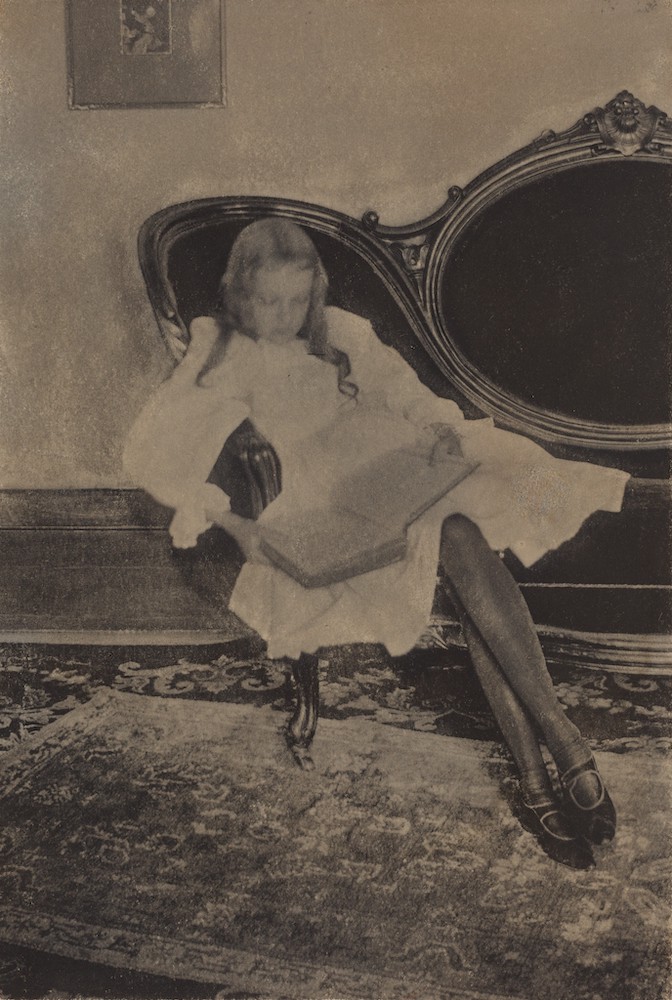
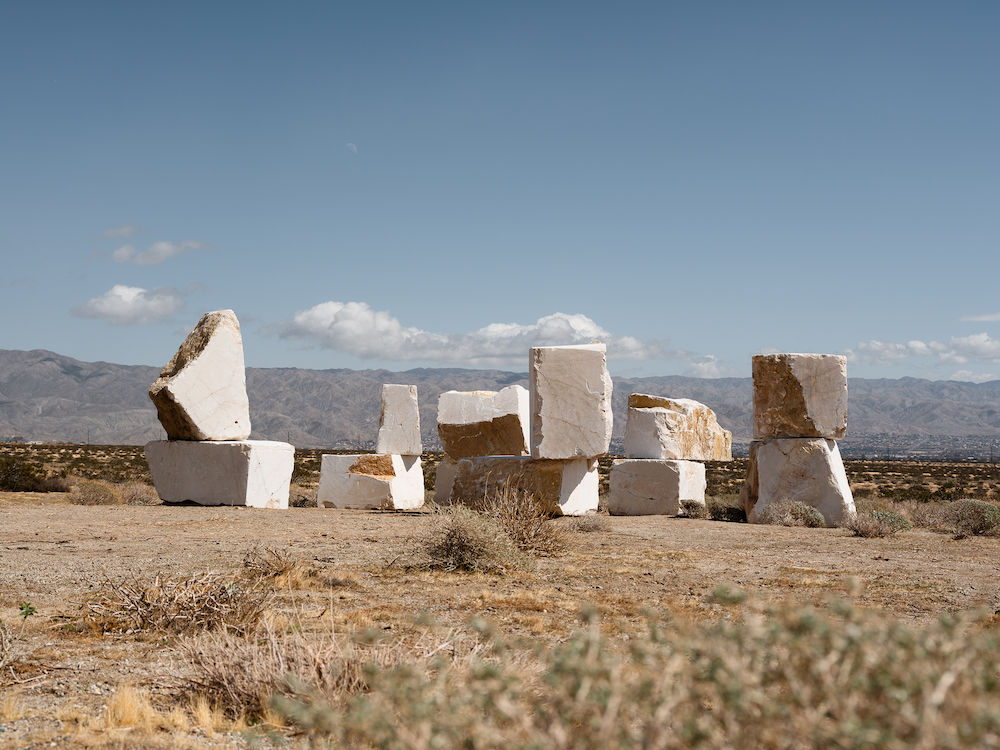
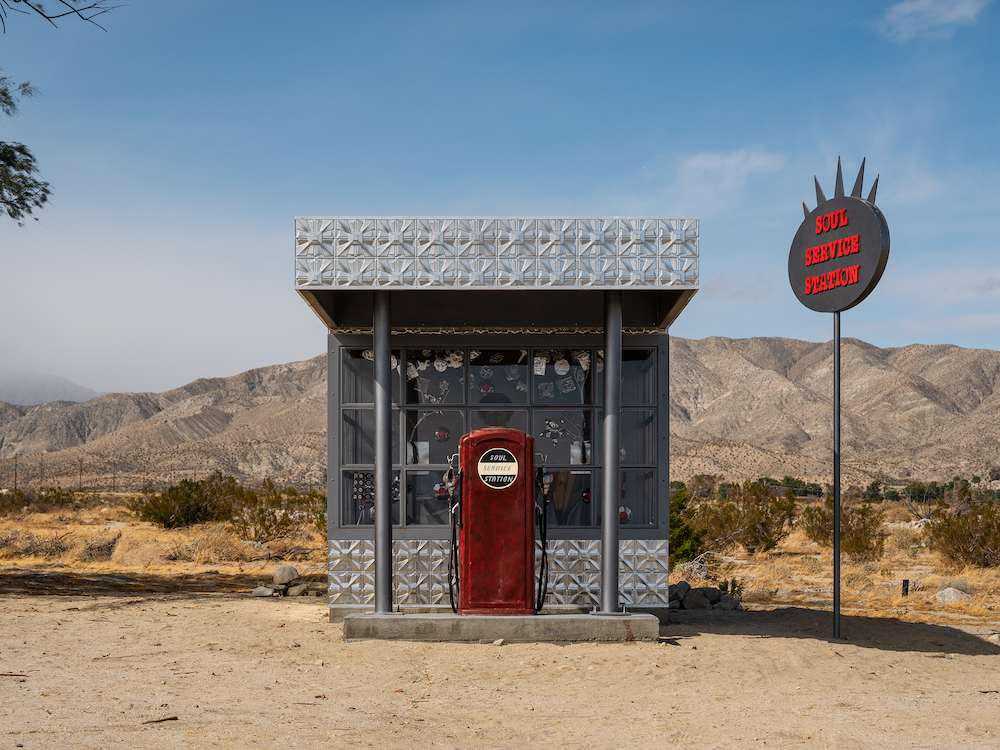
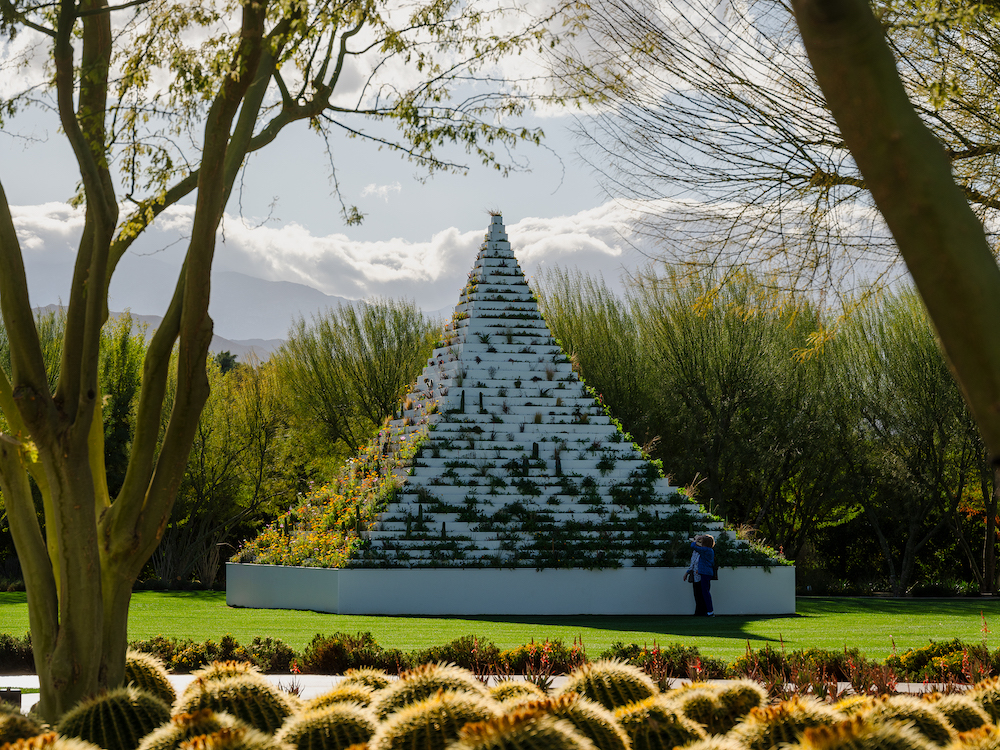
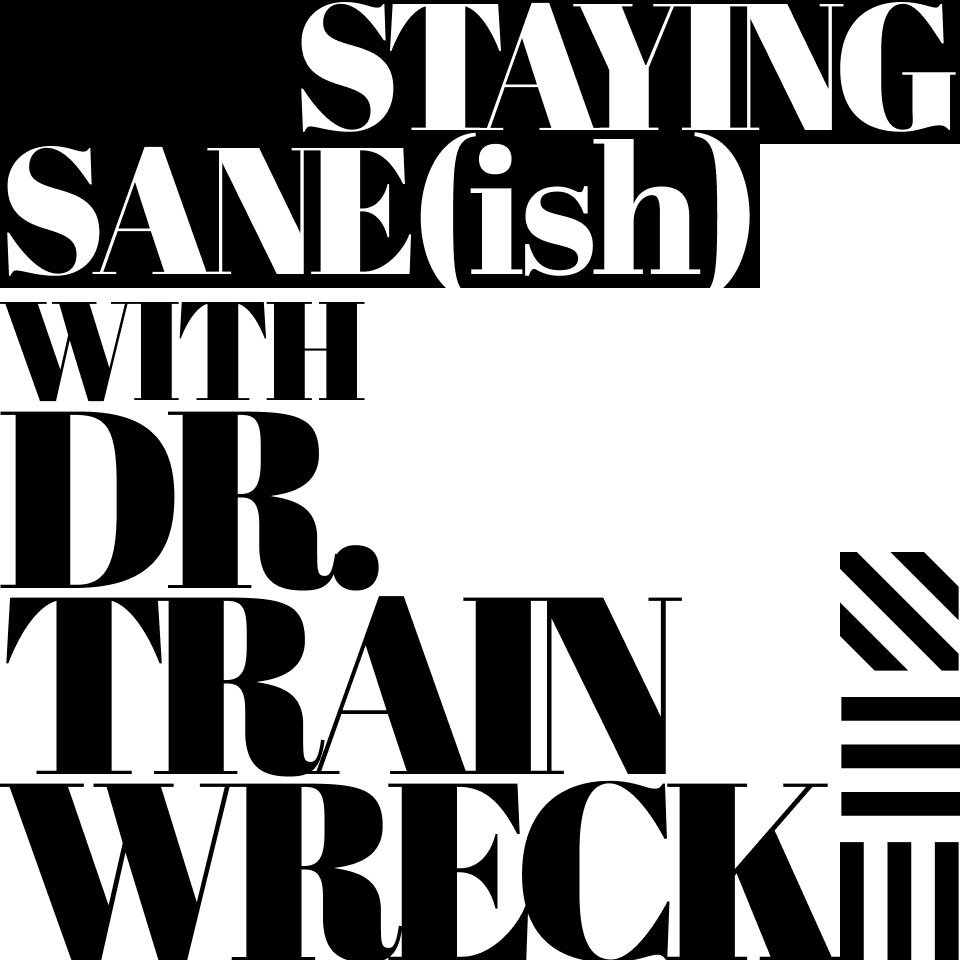

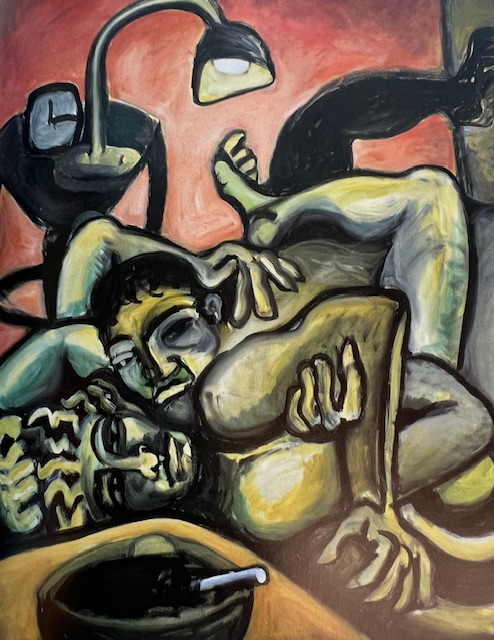
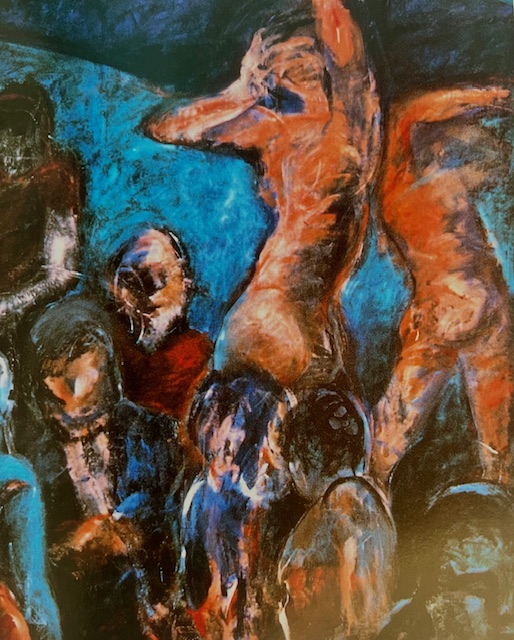
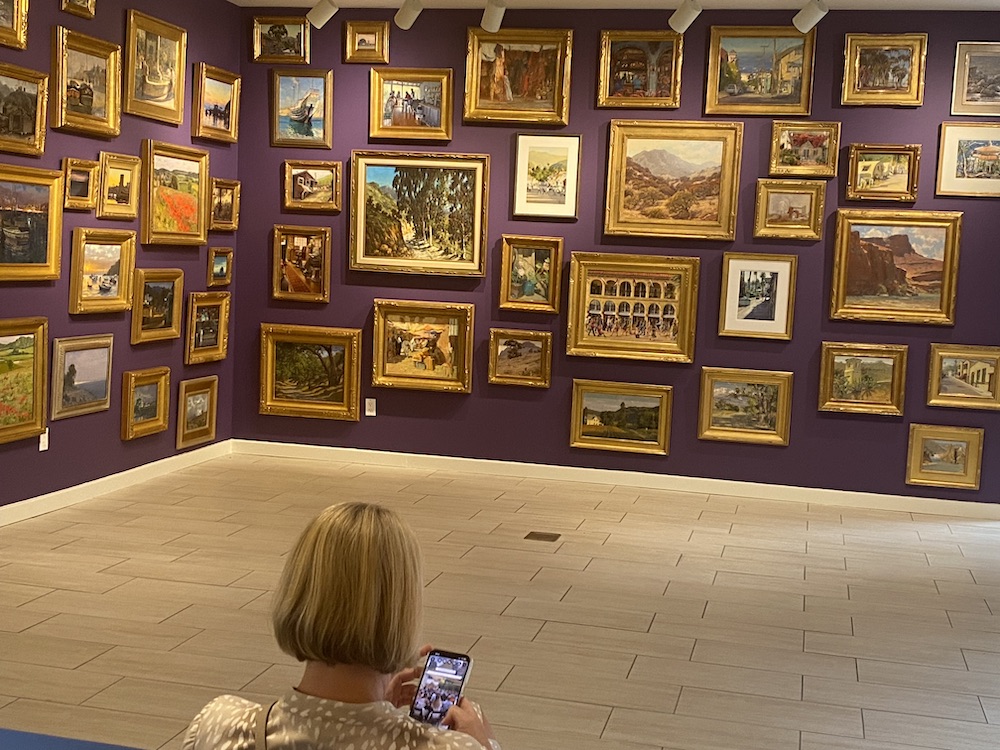
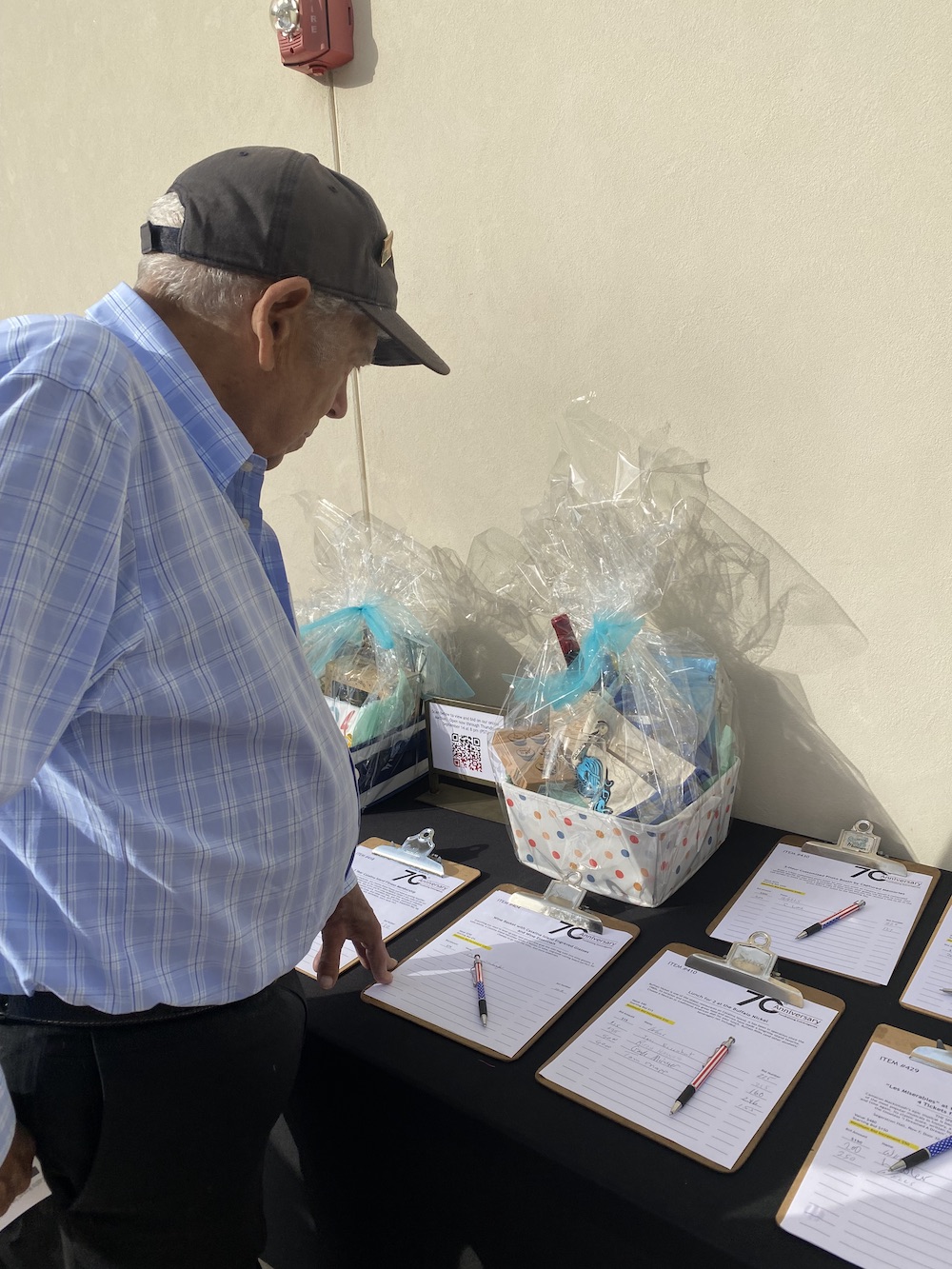
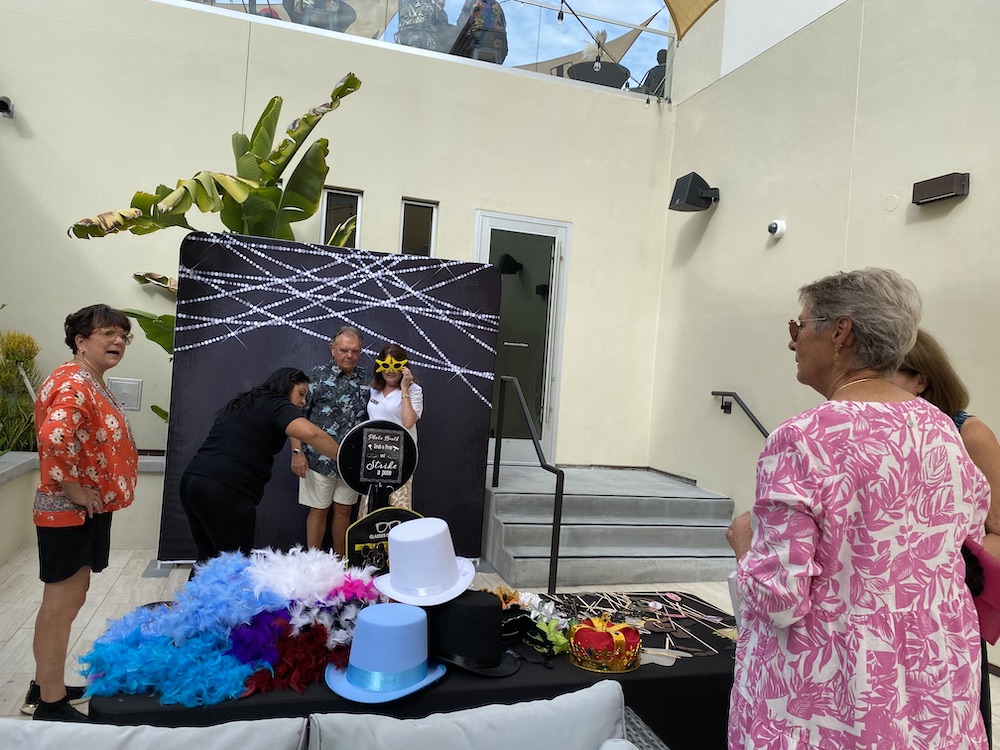
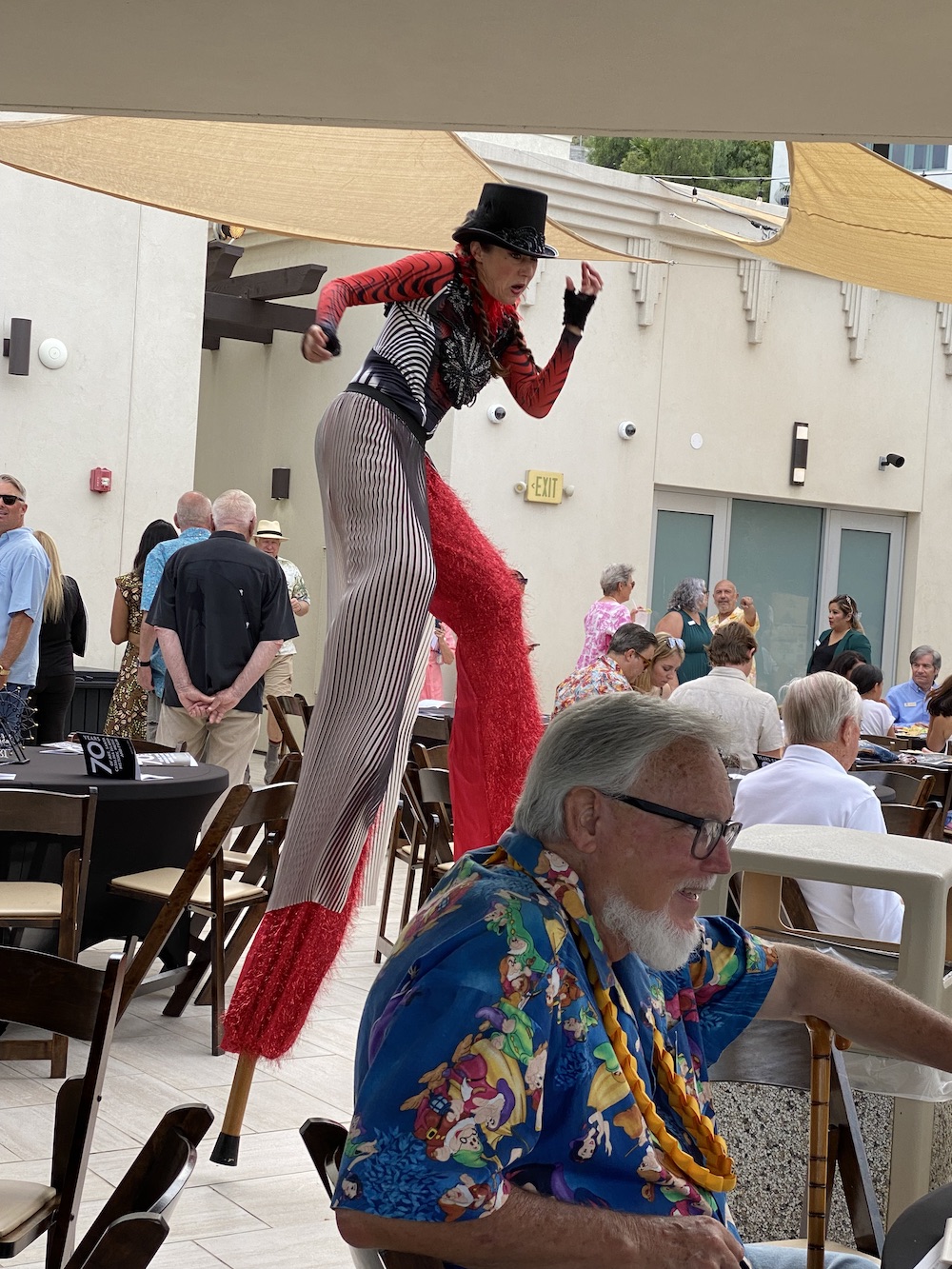
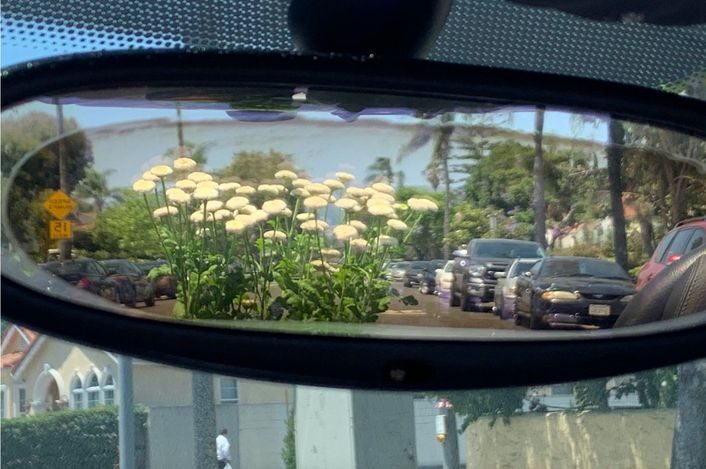
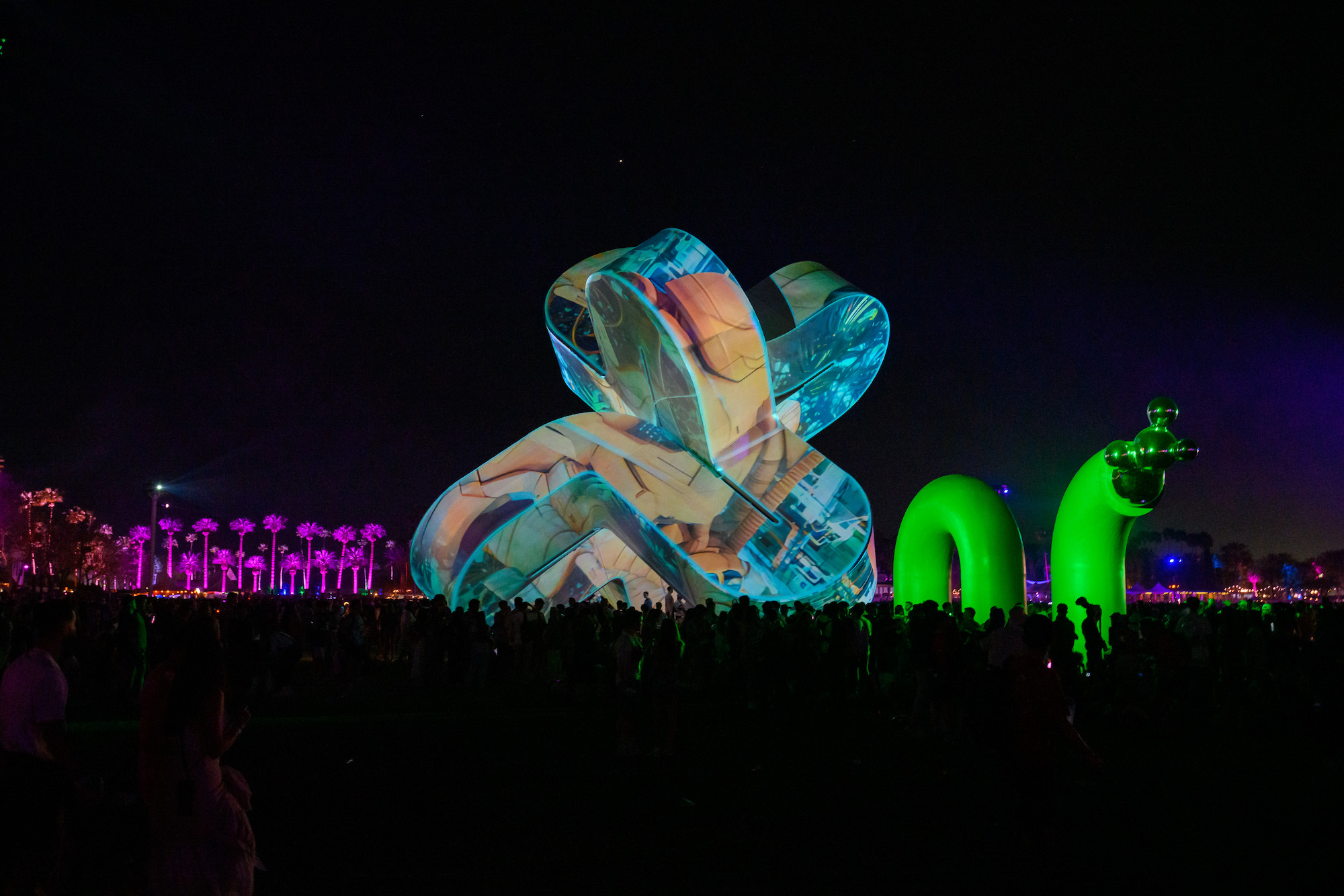
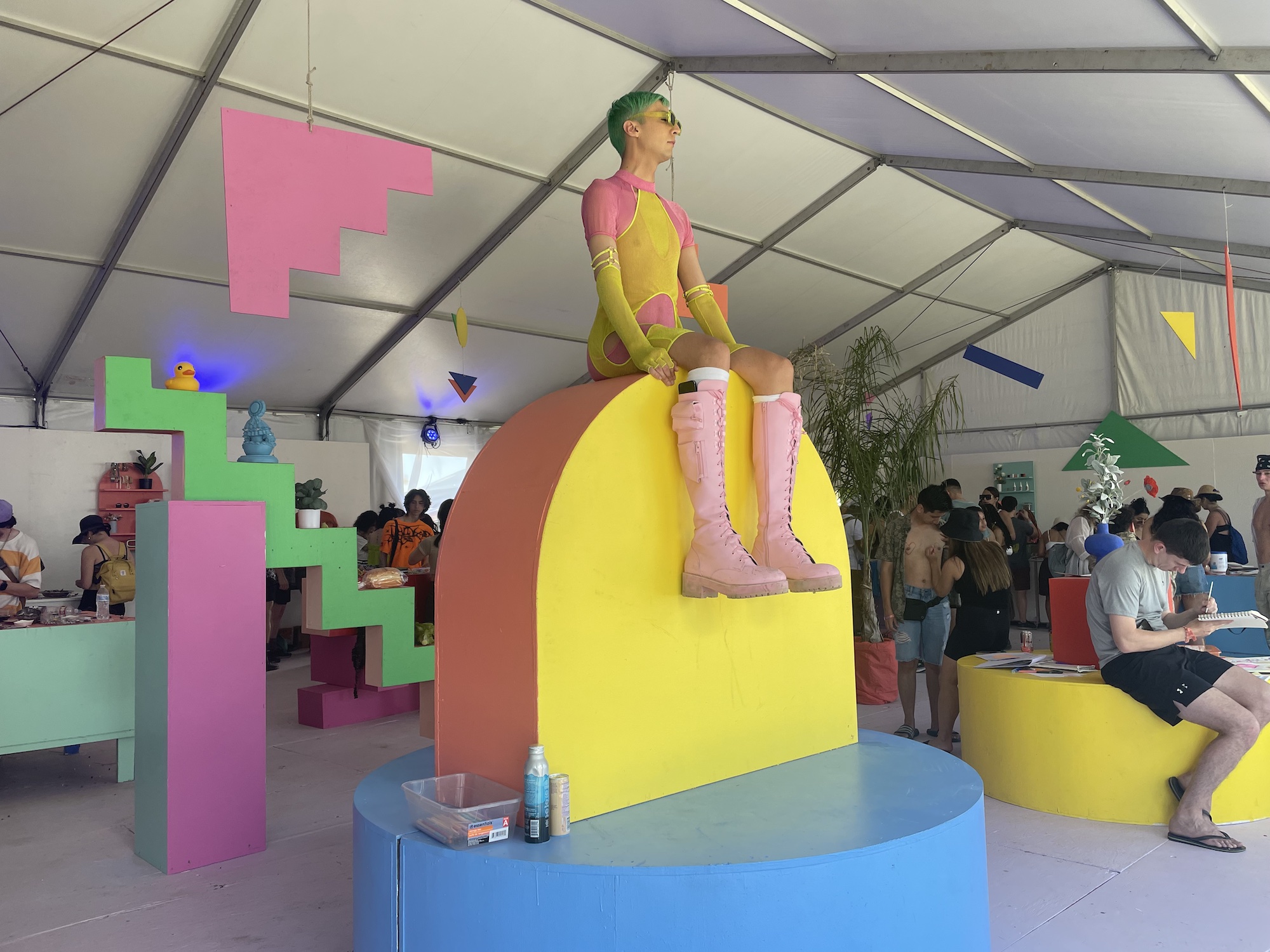
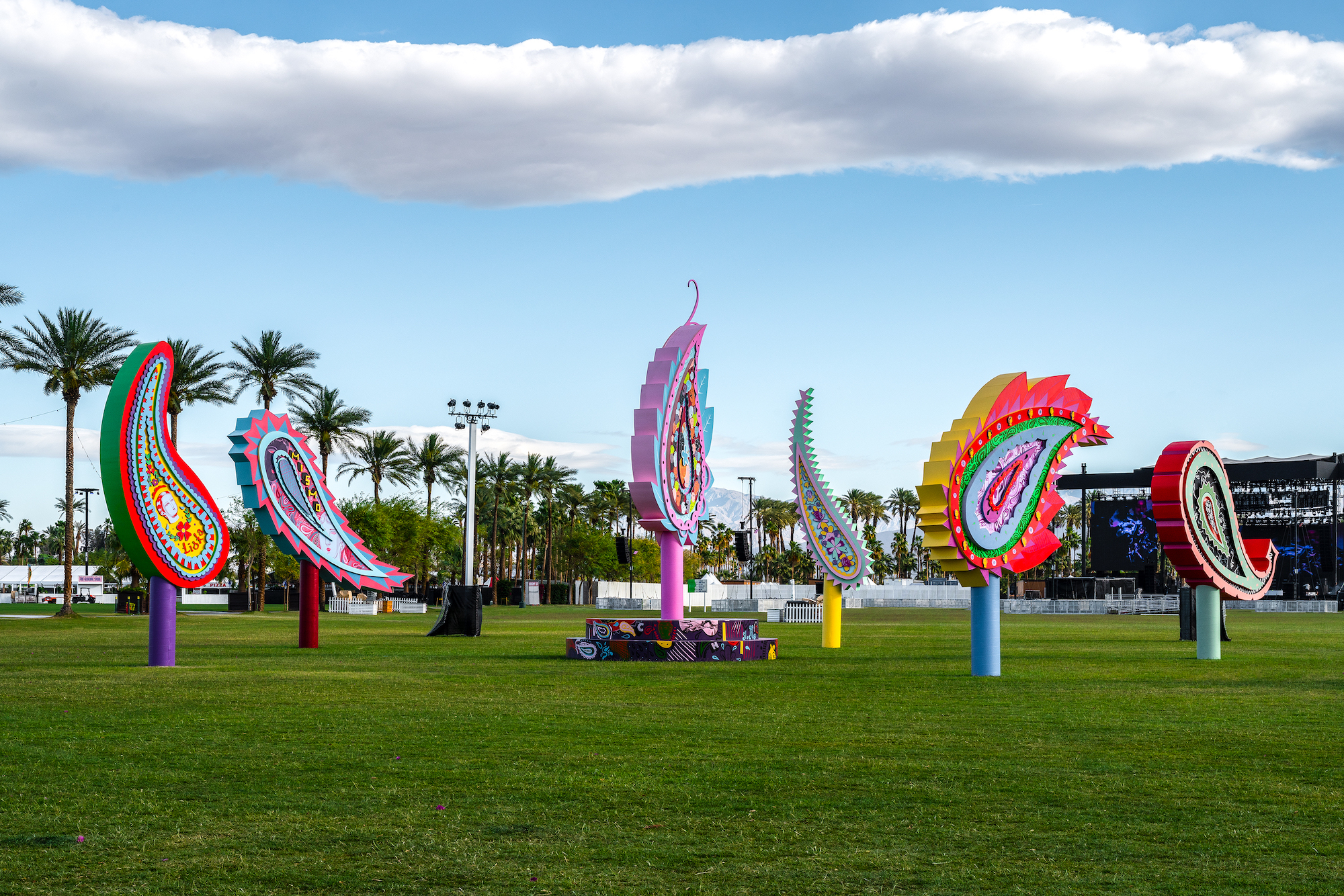
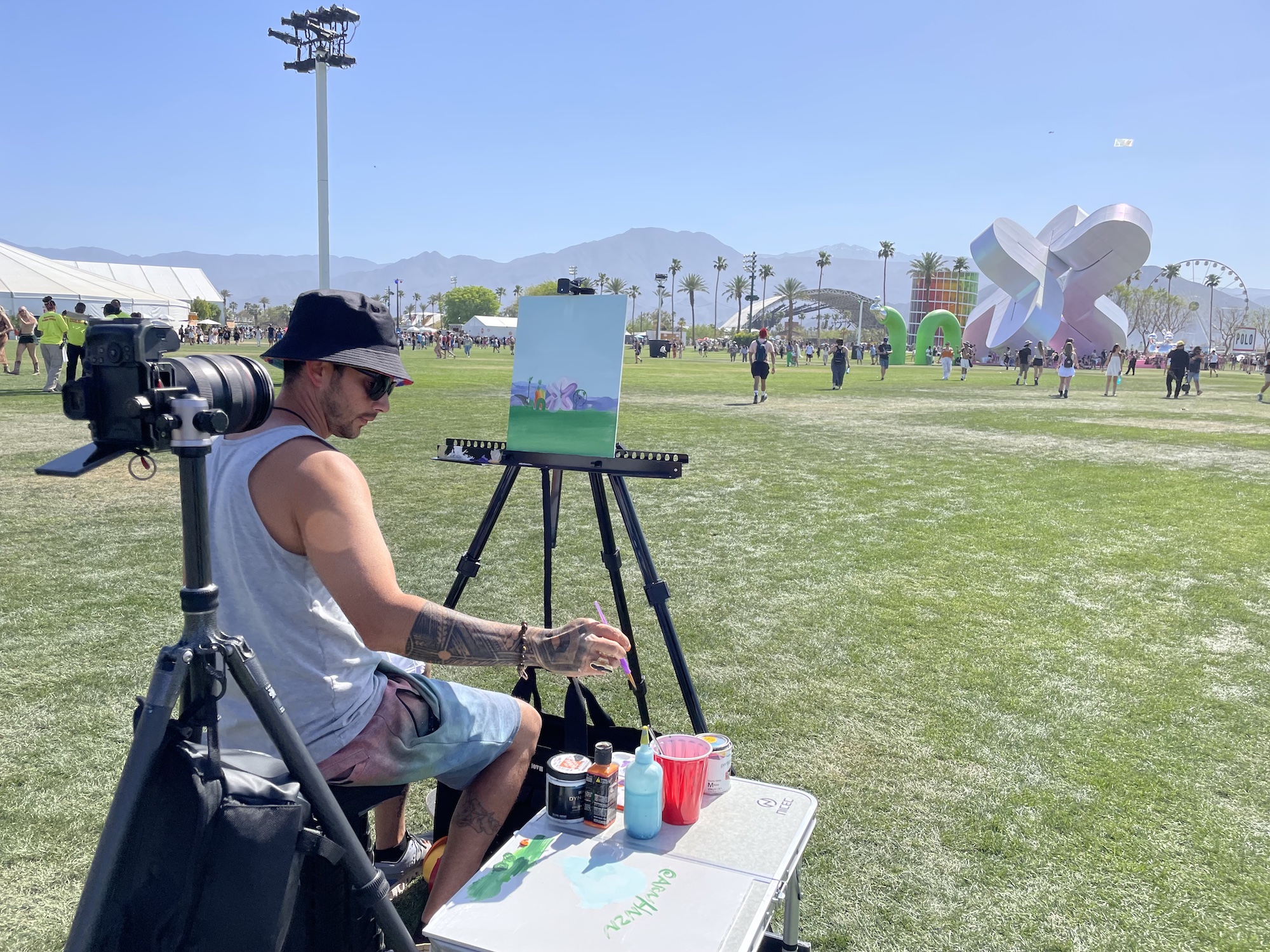
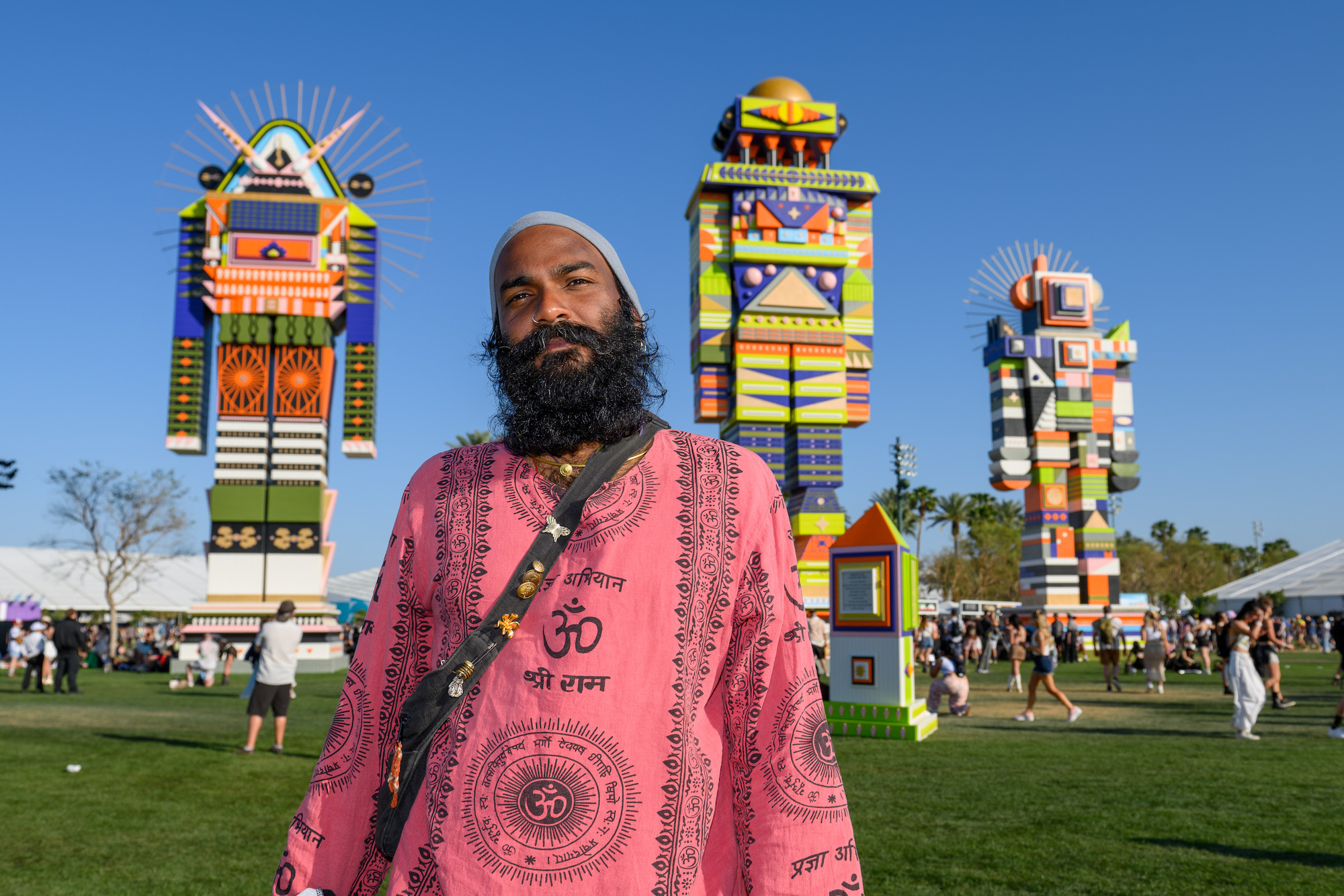
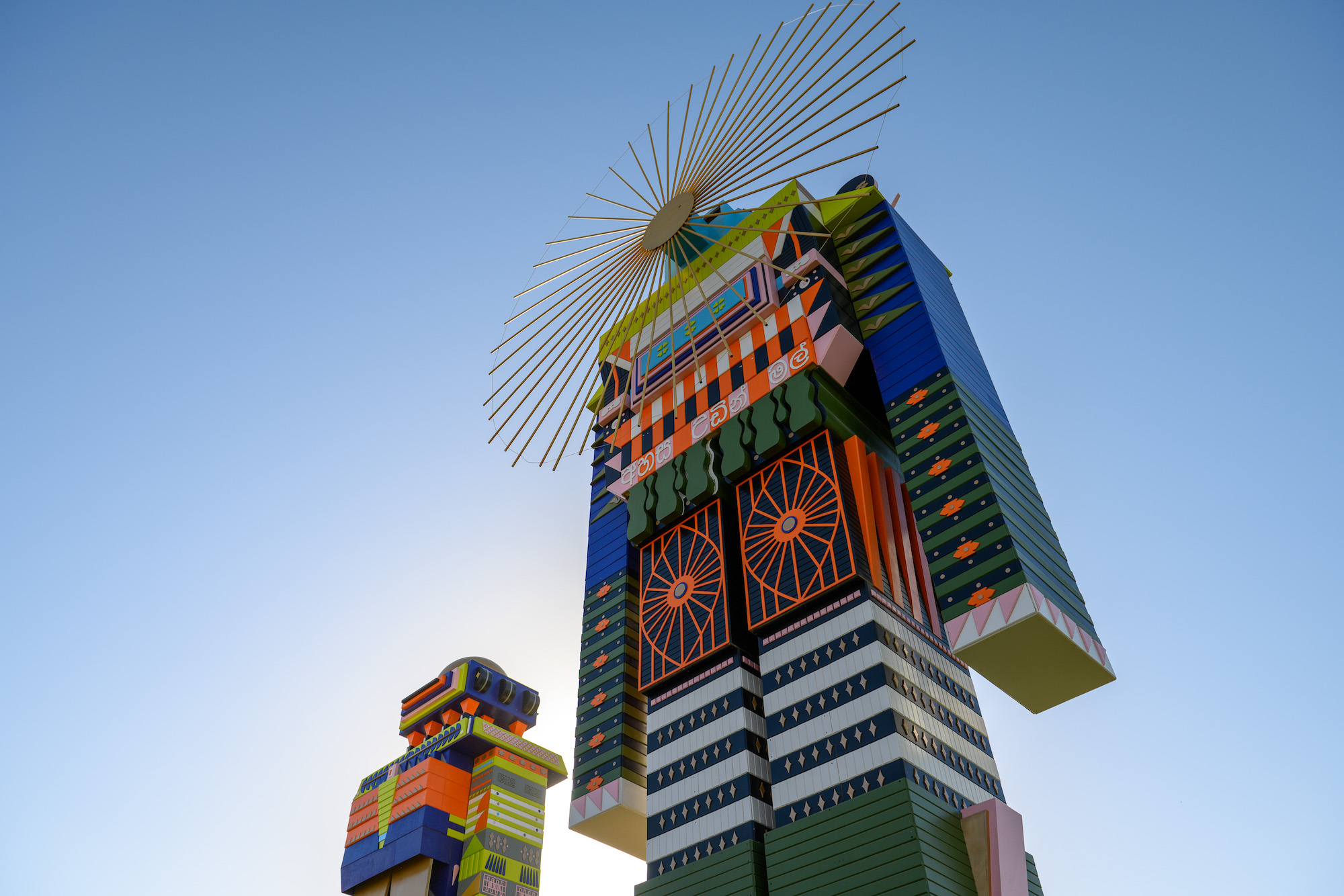

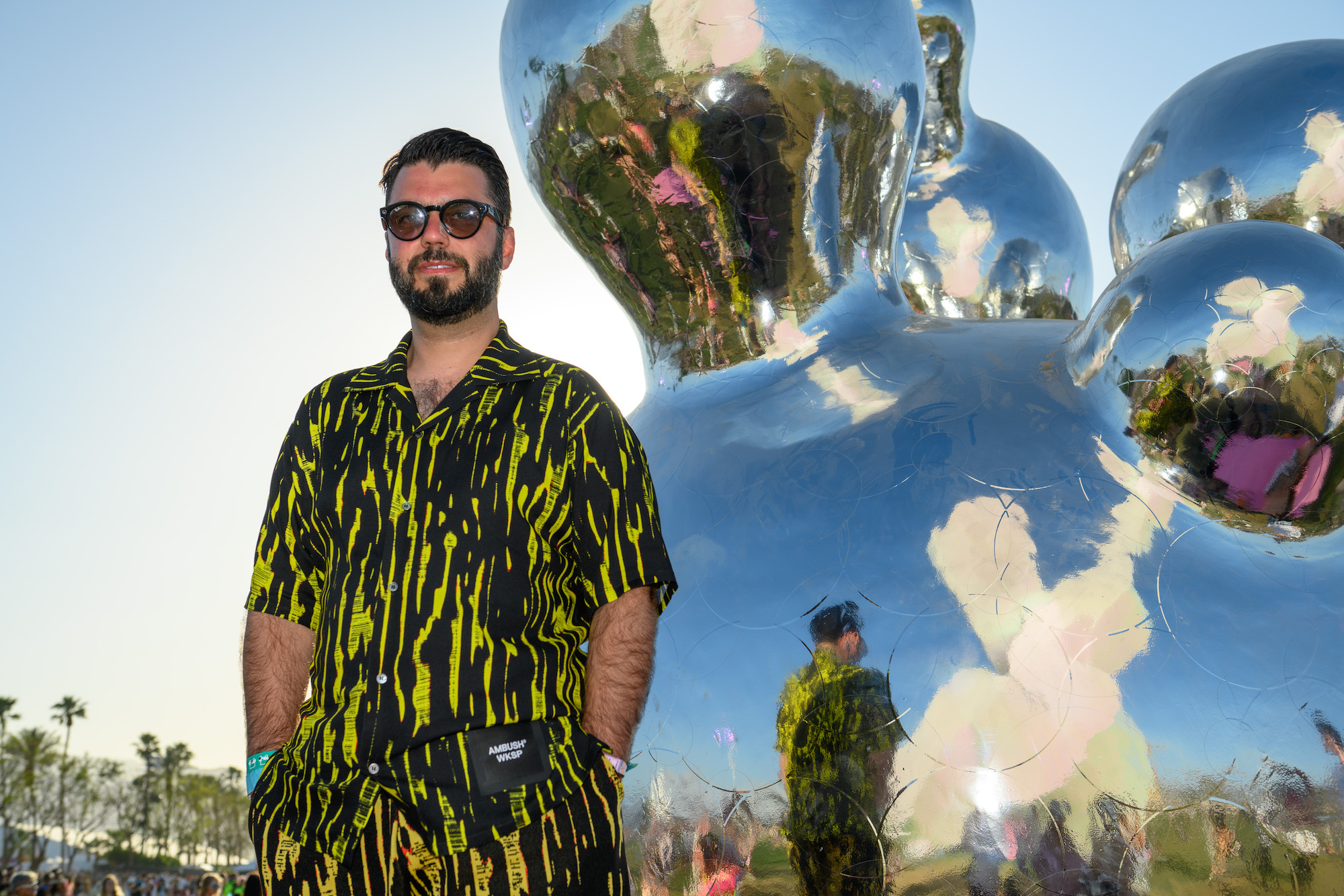 Coachella Valley Music and Arts Festival 2023, Güvenç Özel with his installation “Holoflux,” photo by David Morrison
Coachella Valley Music and Arts Festival 2023, Güvenç Özel with his installation “Holoflux,” photo by David Morrison